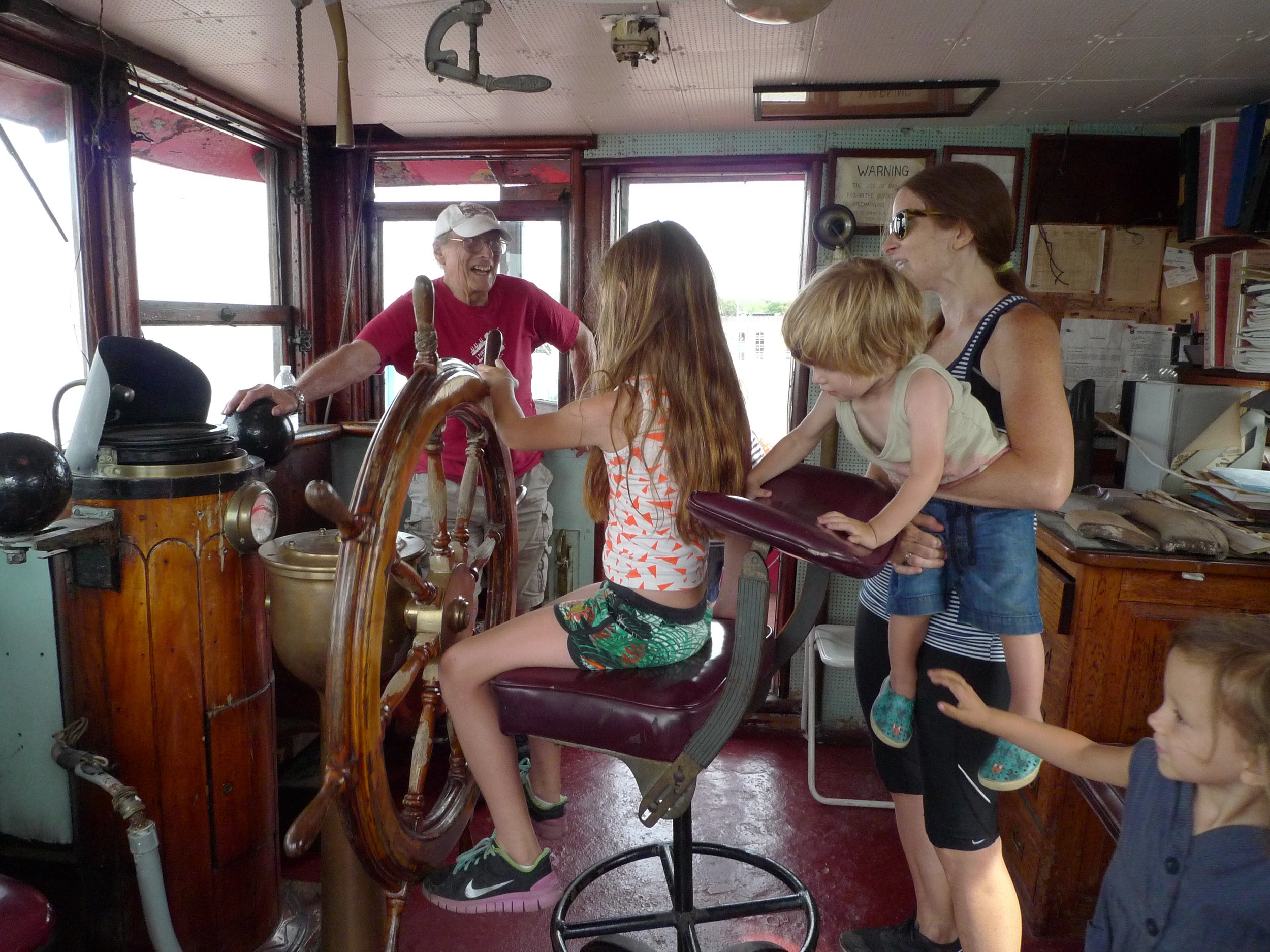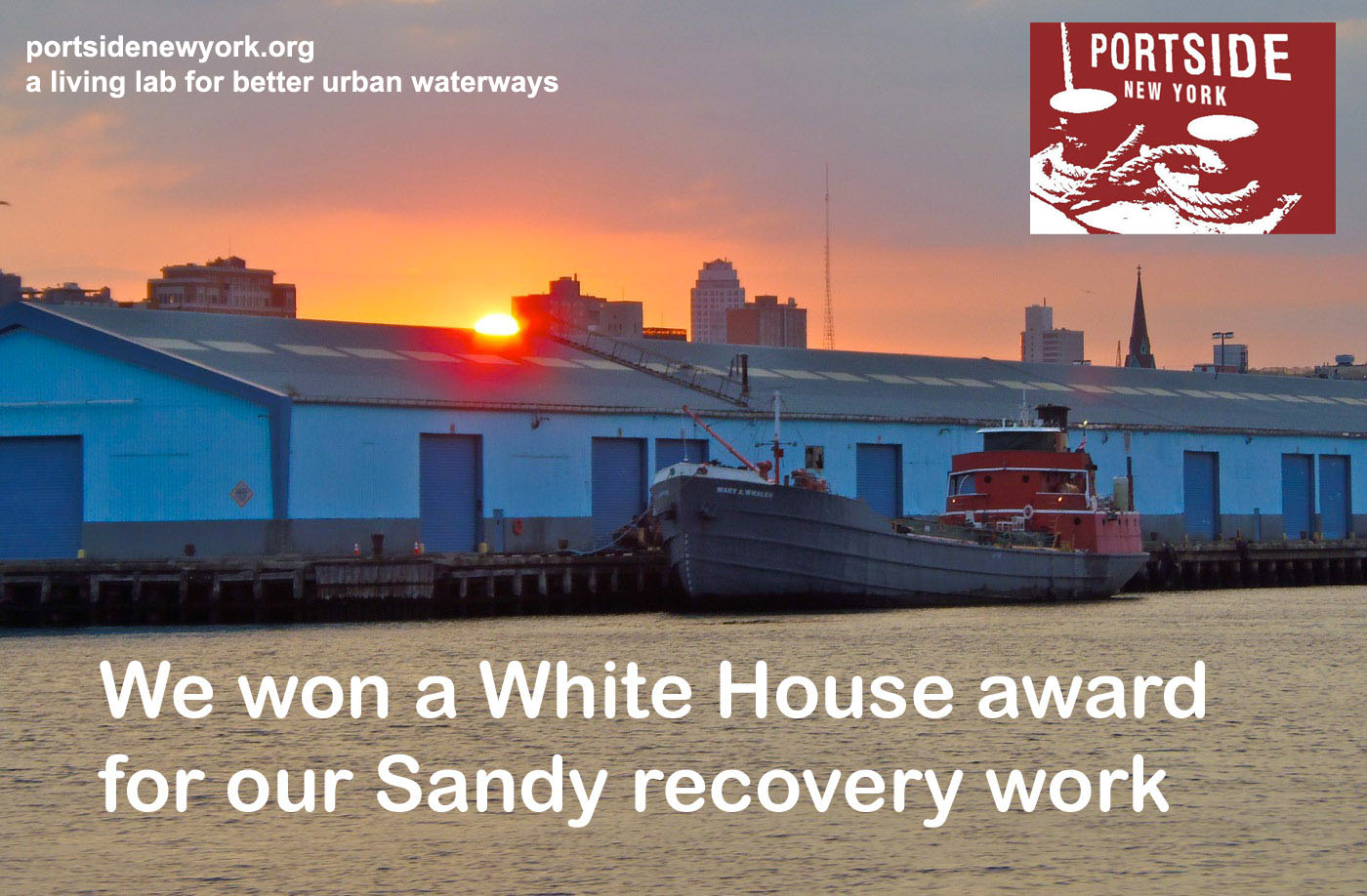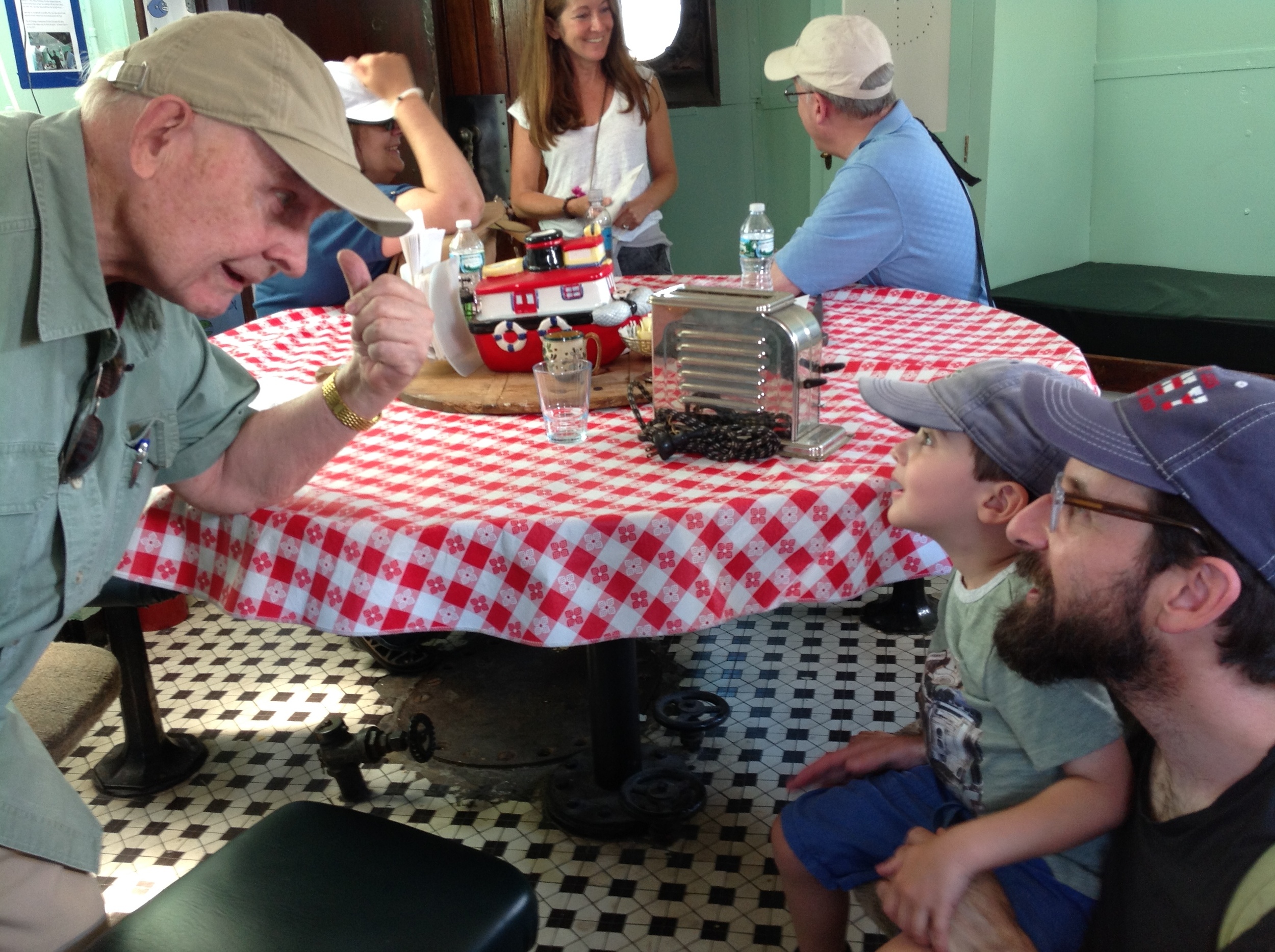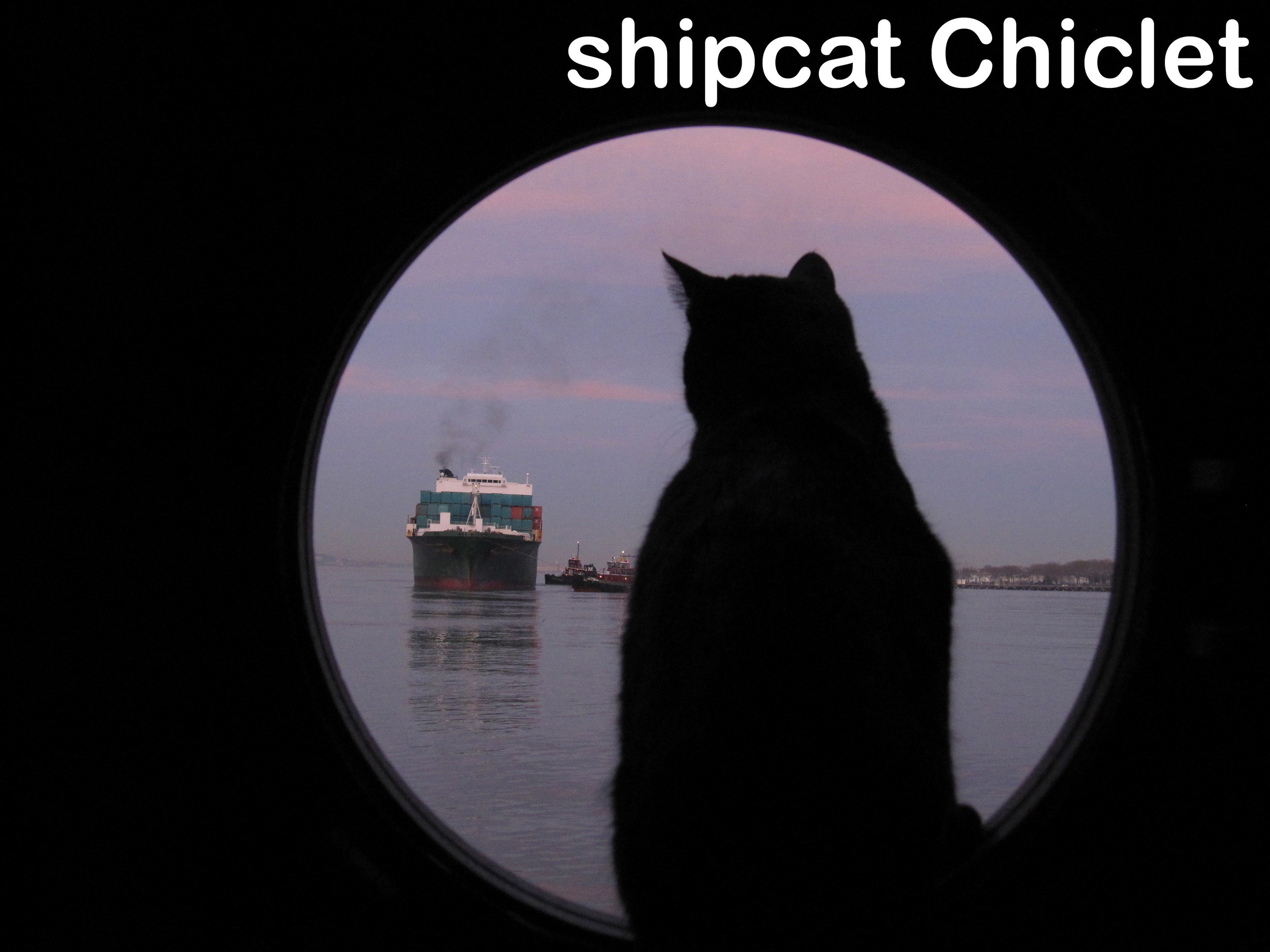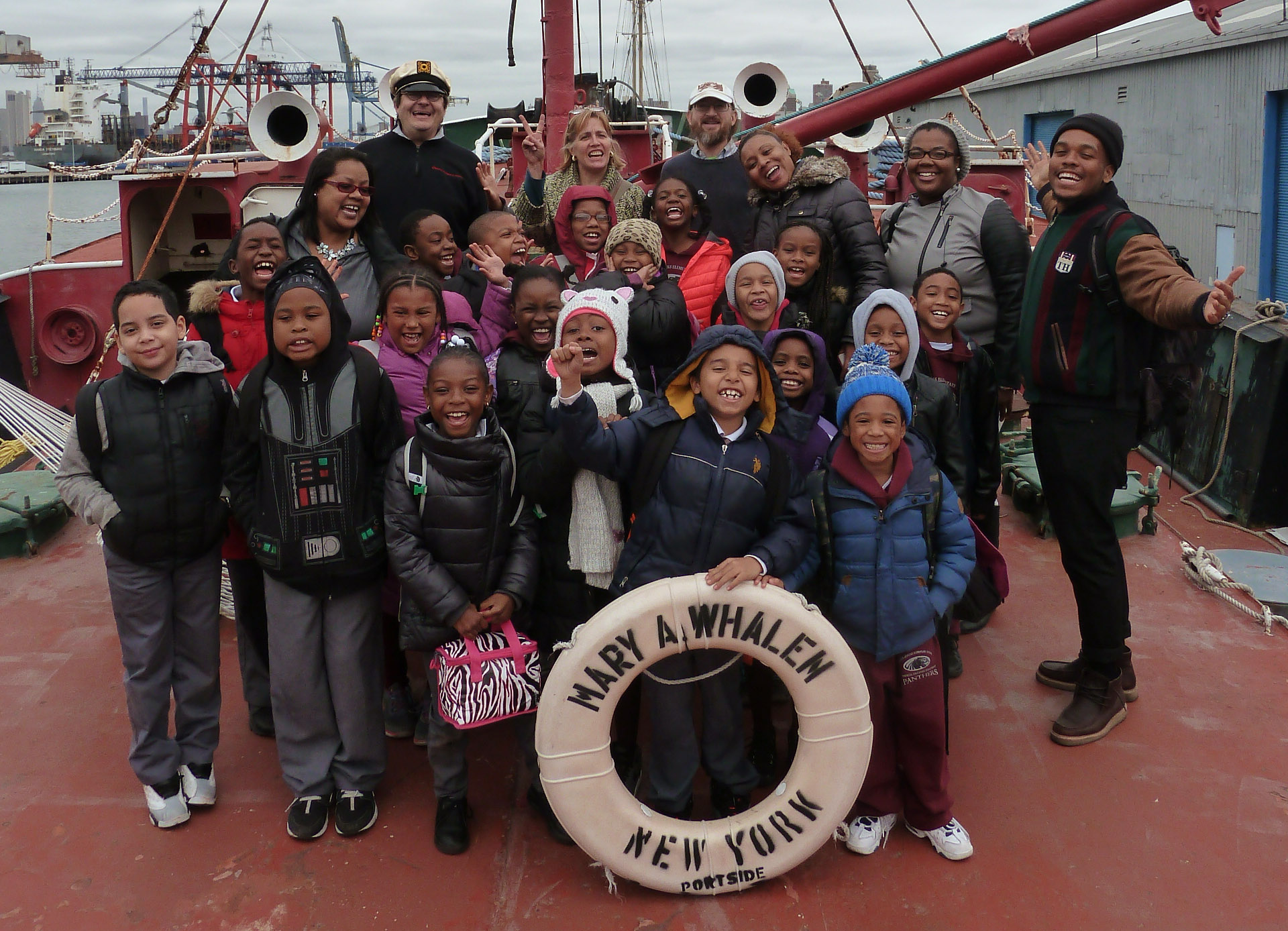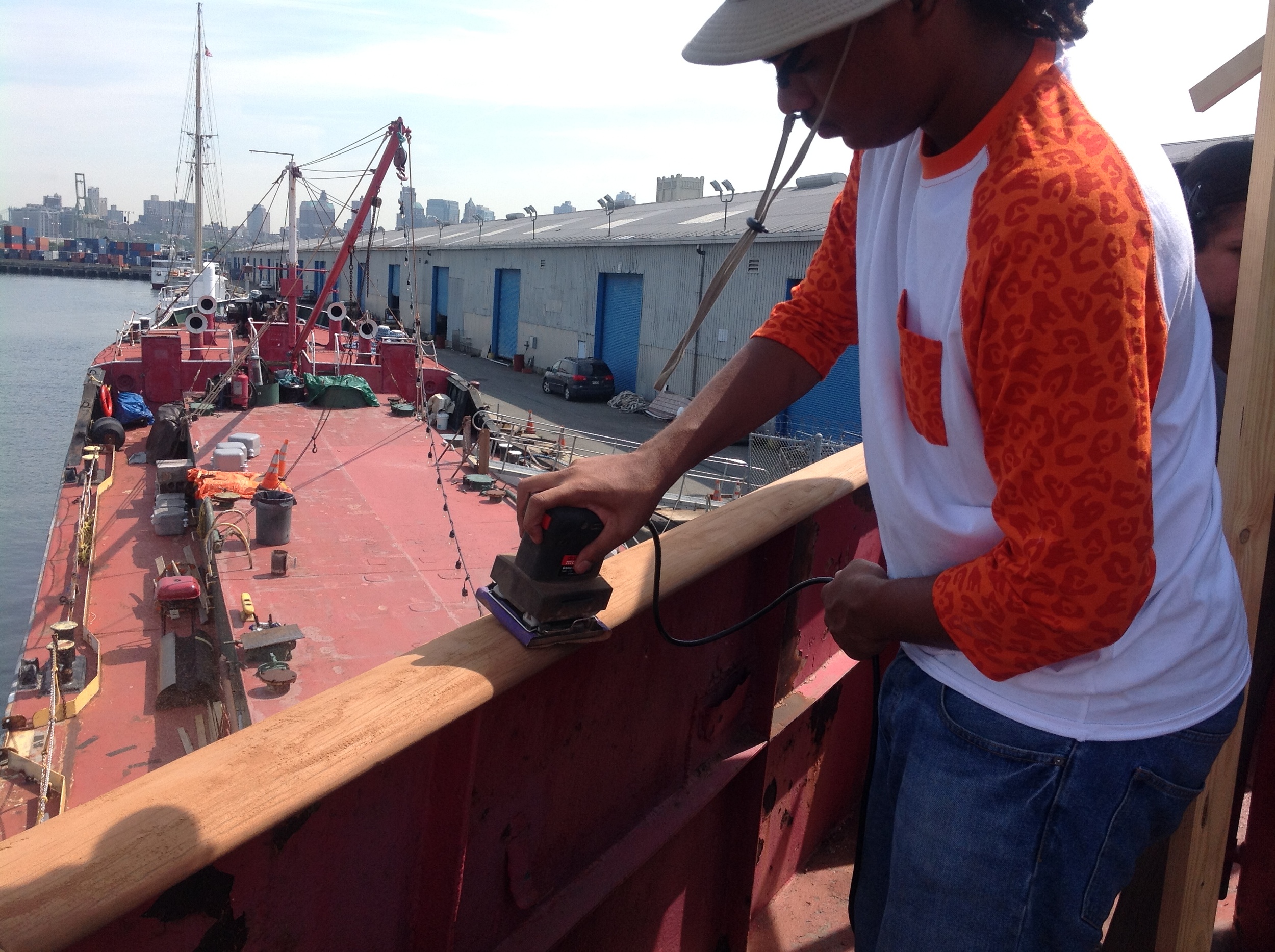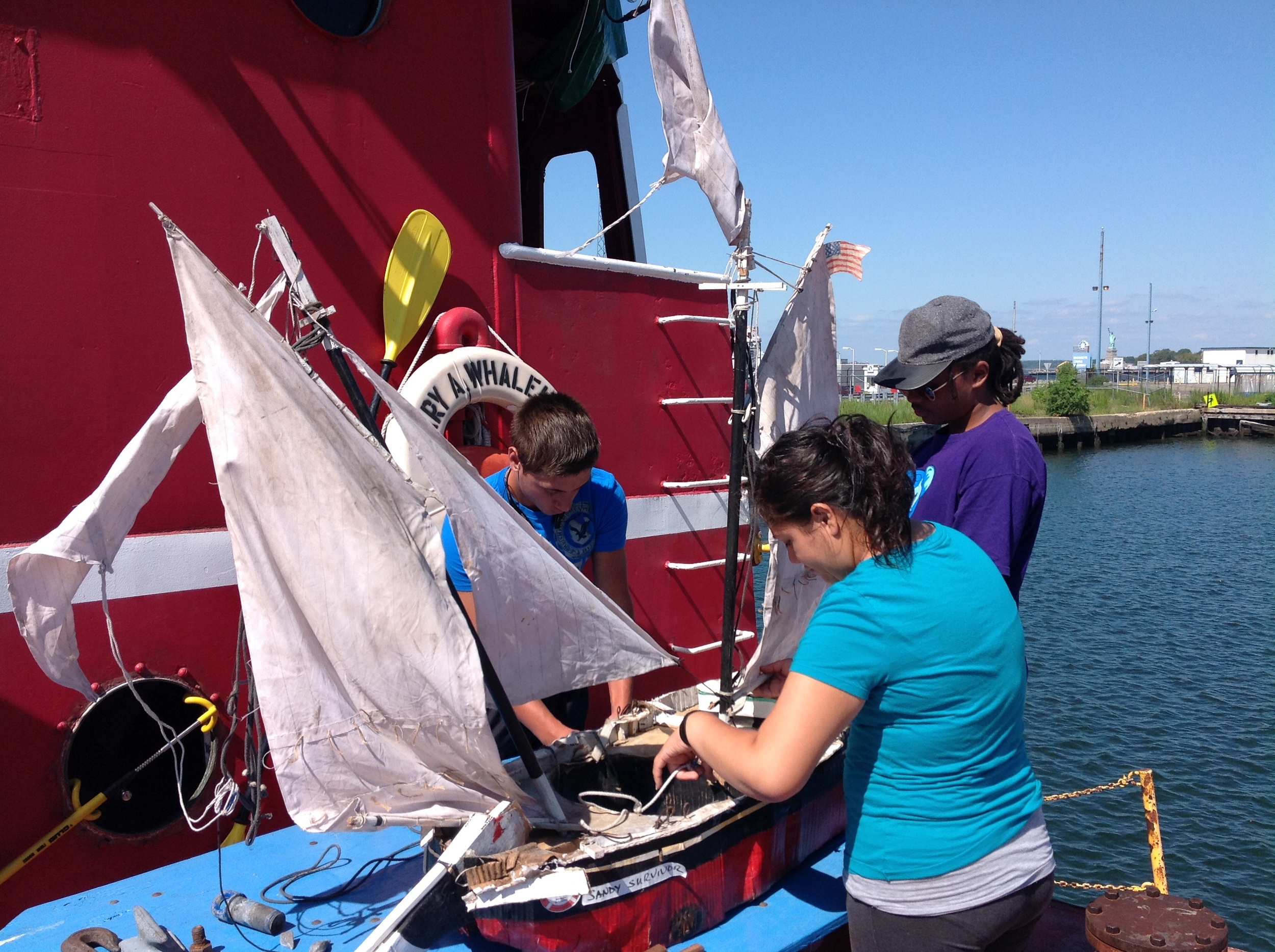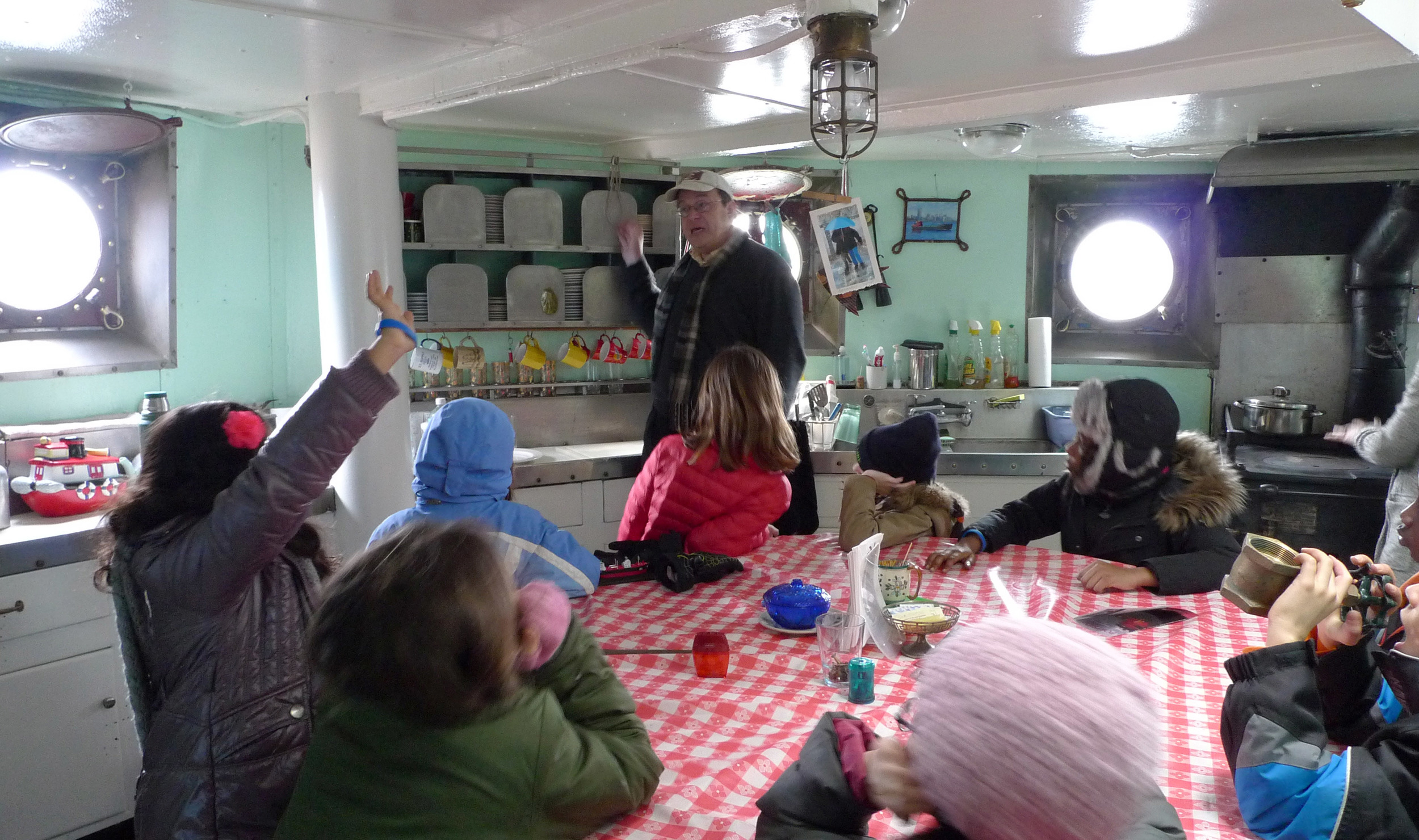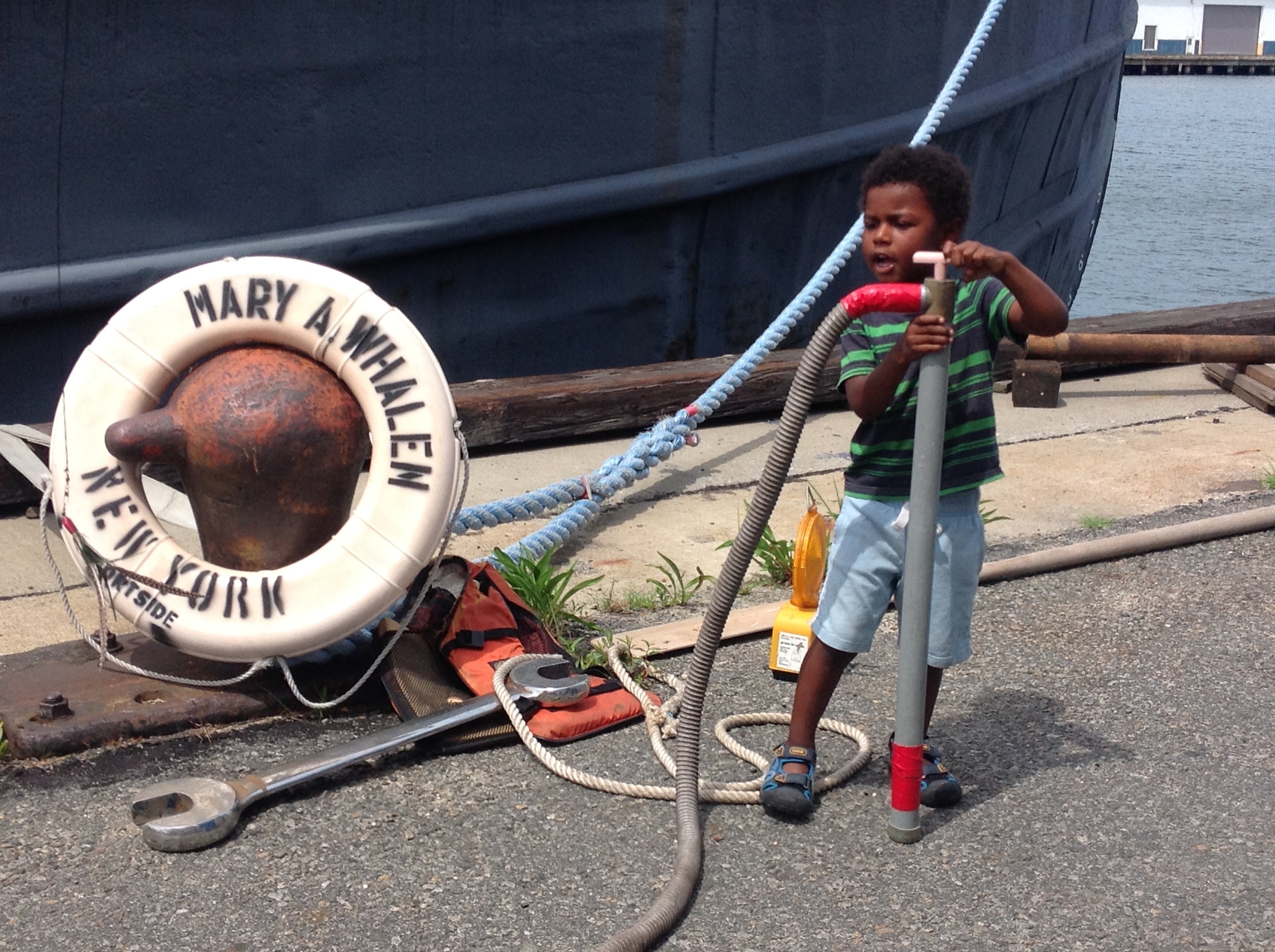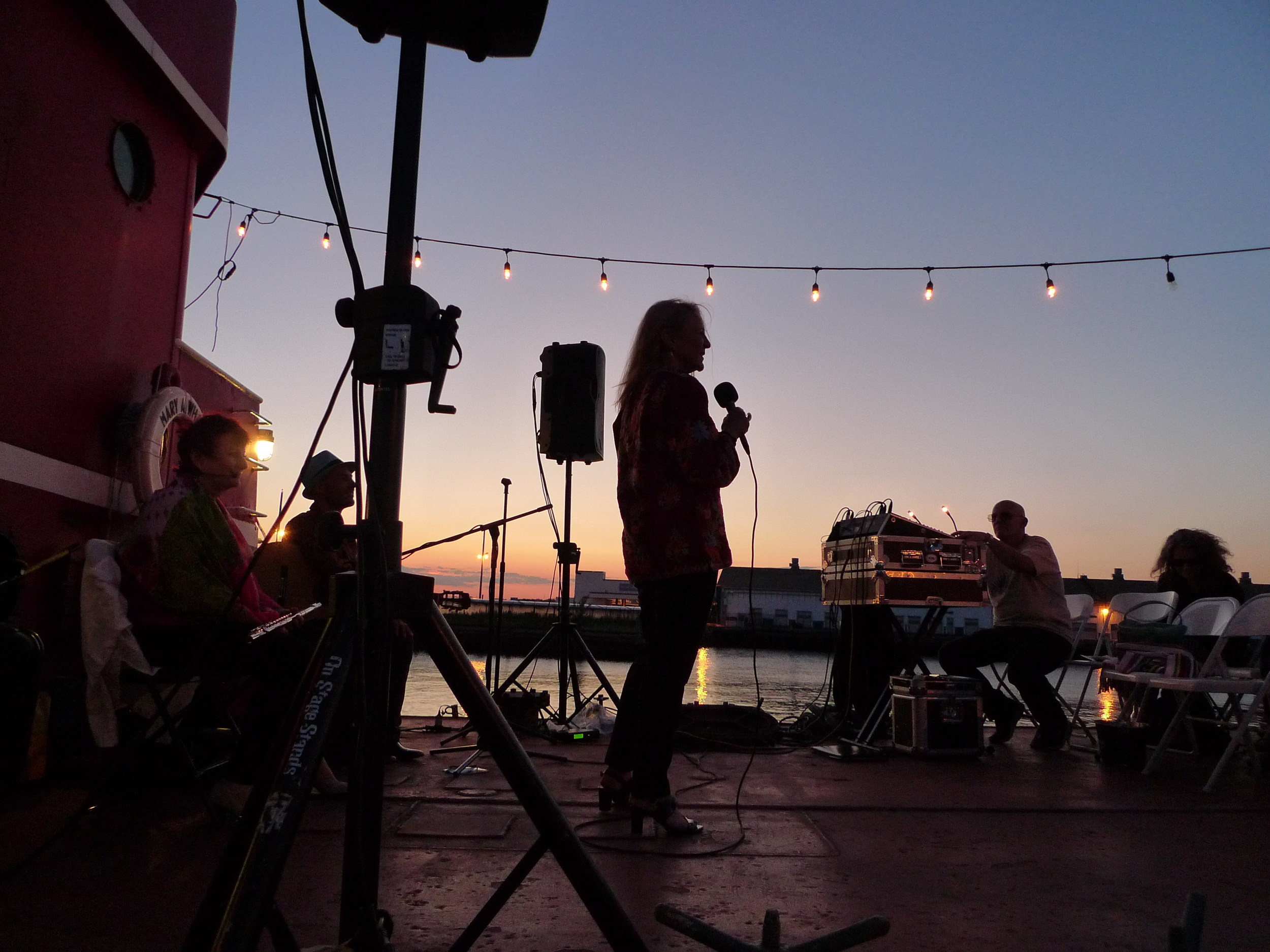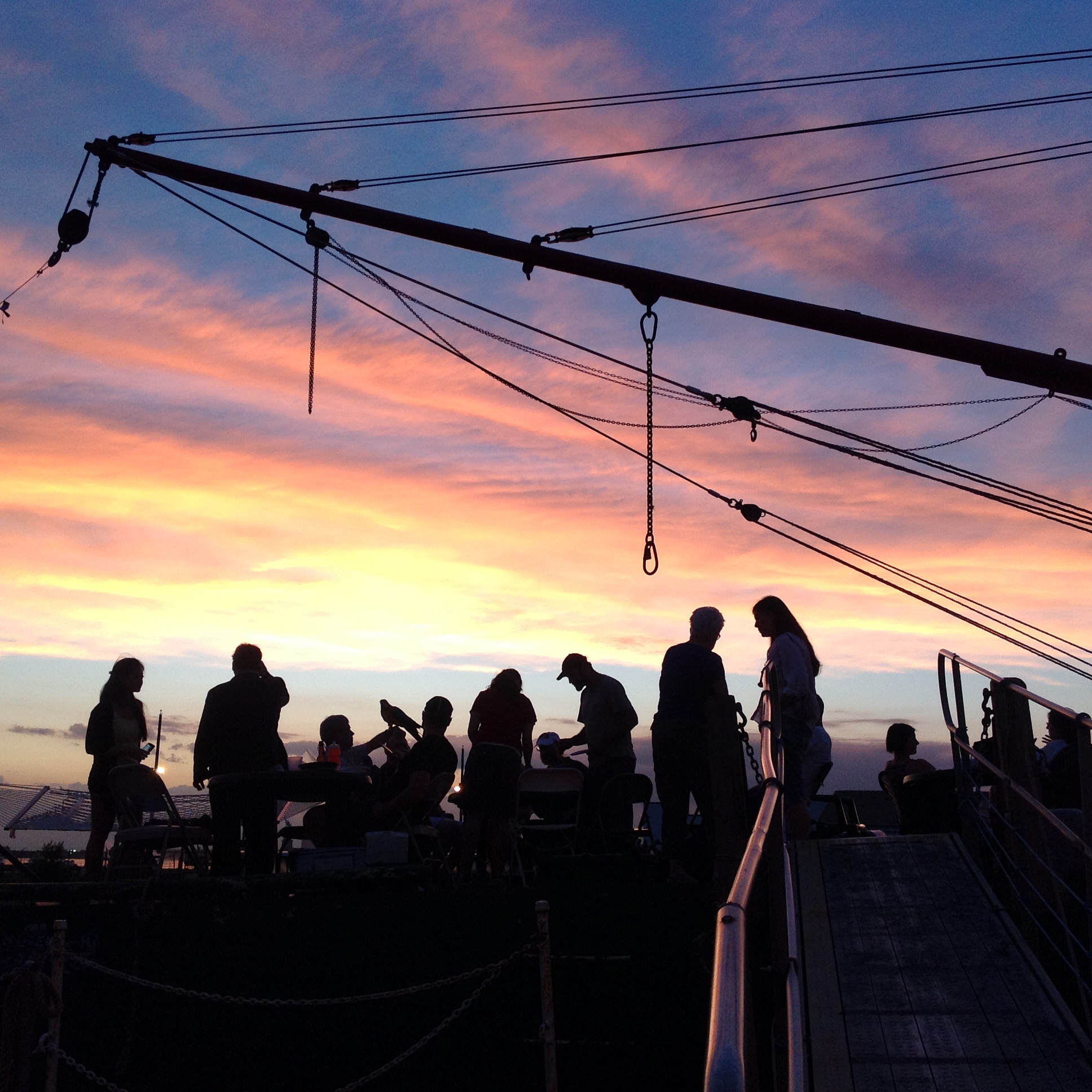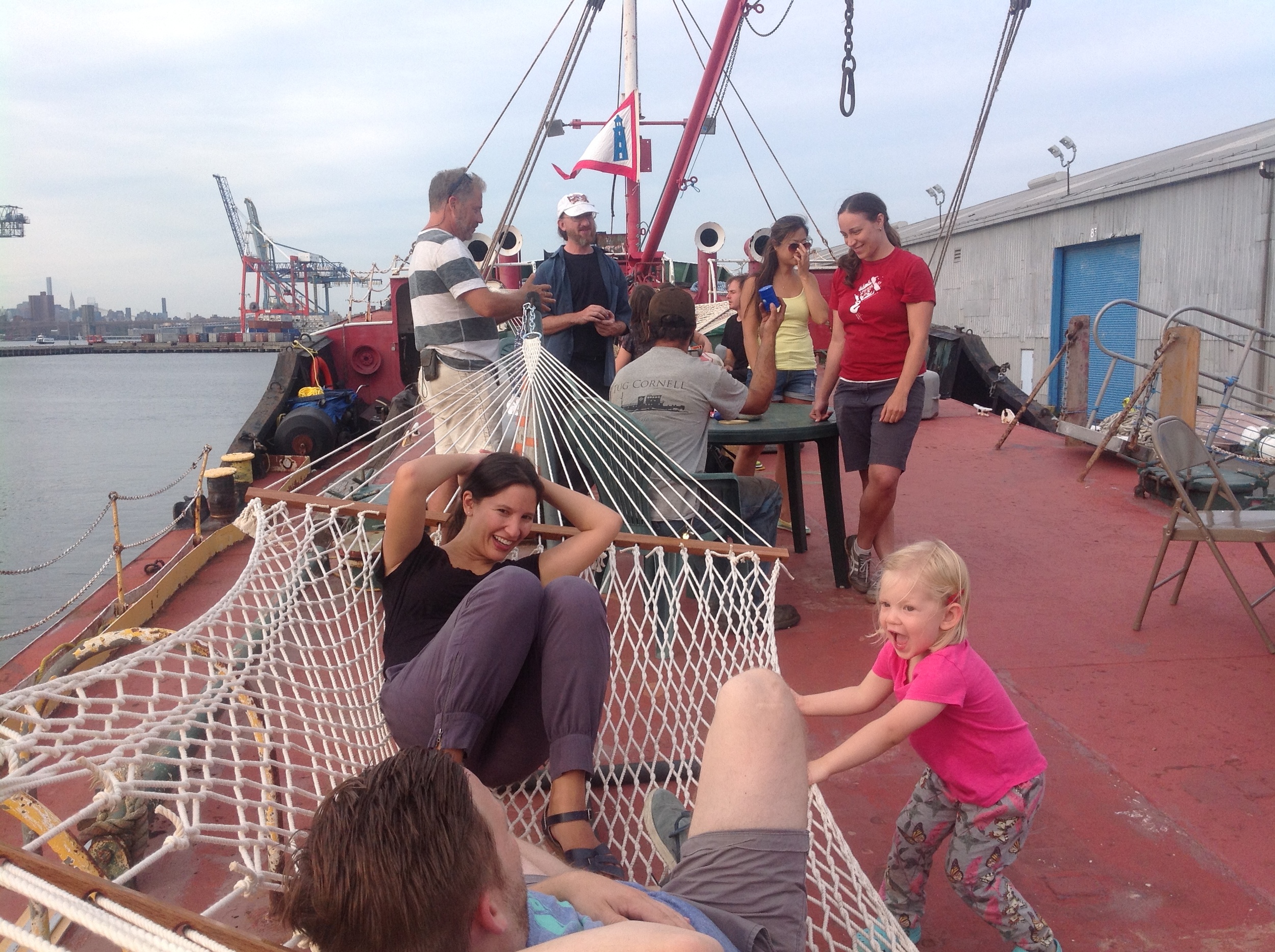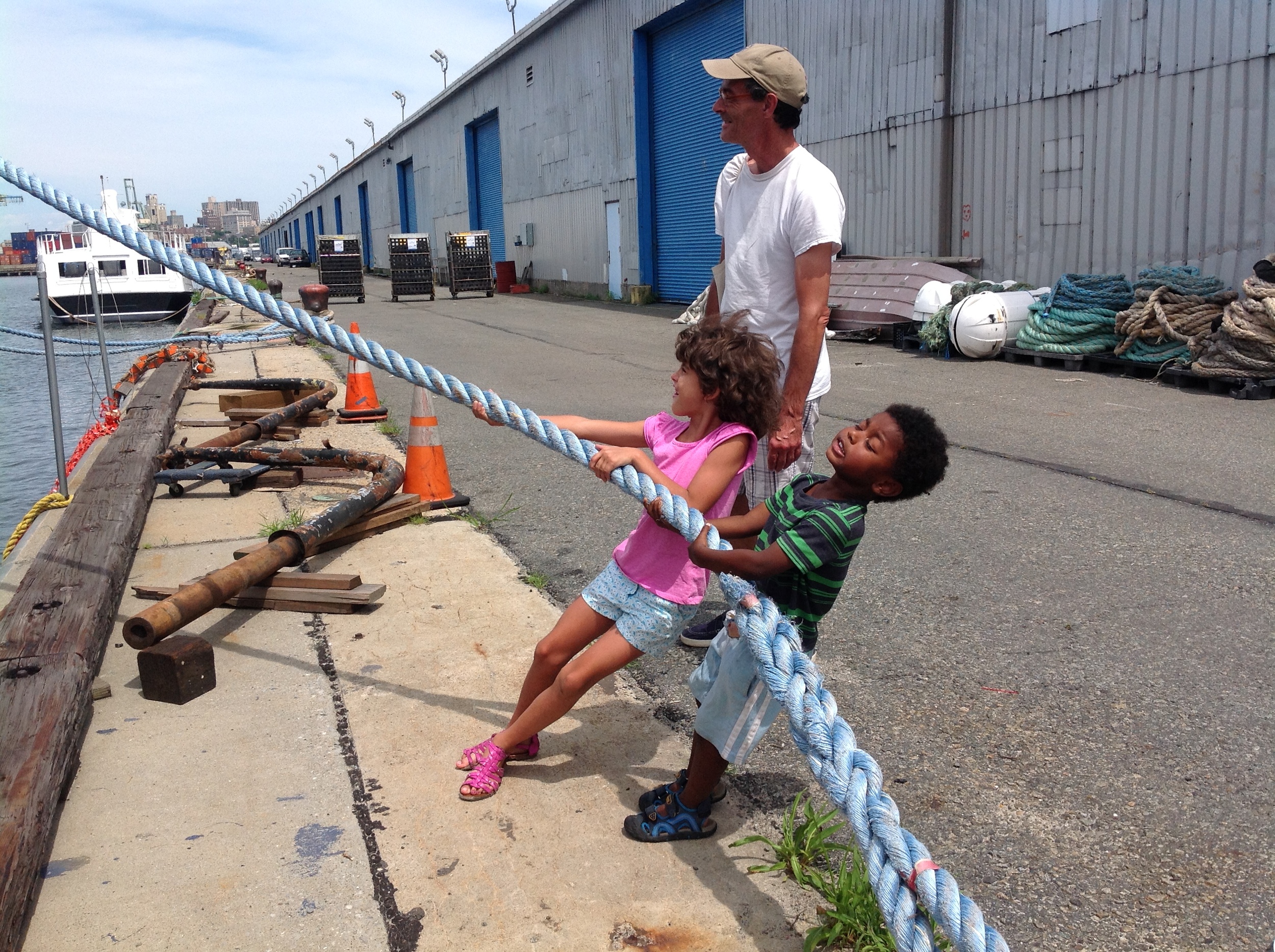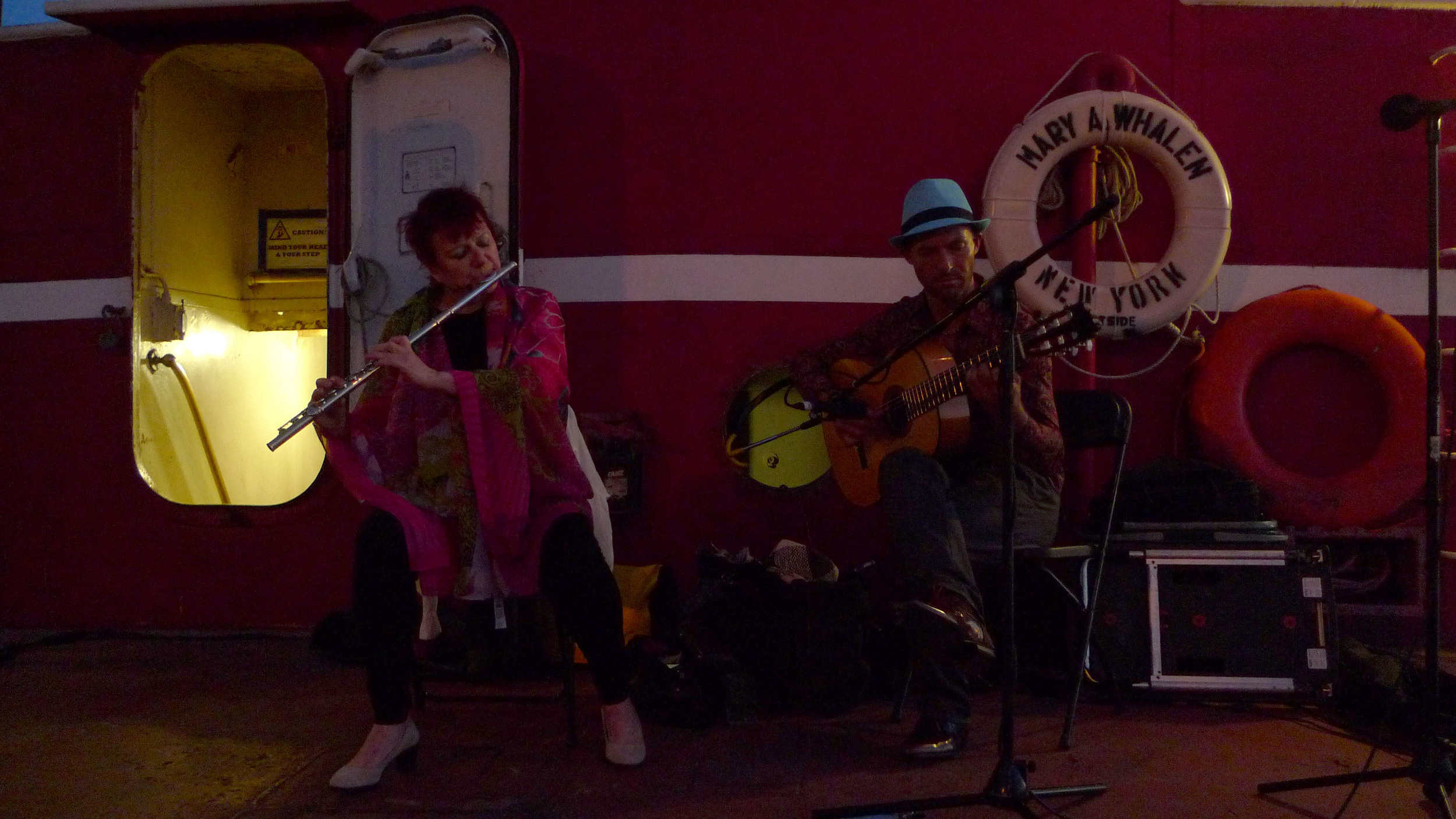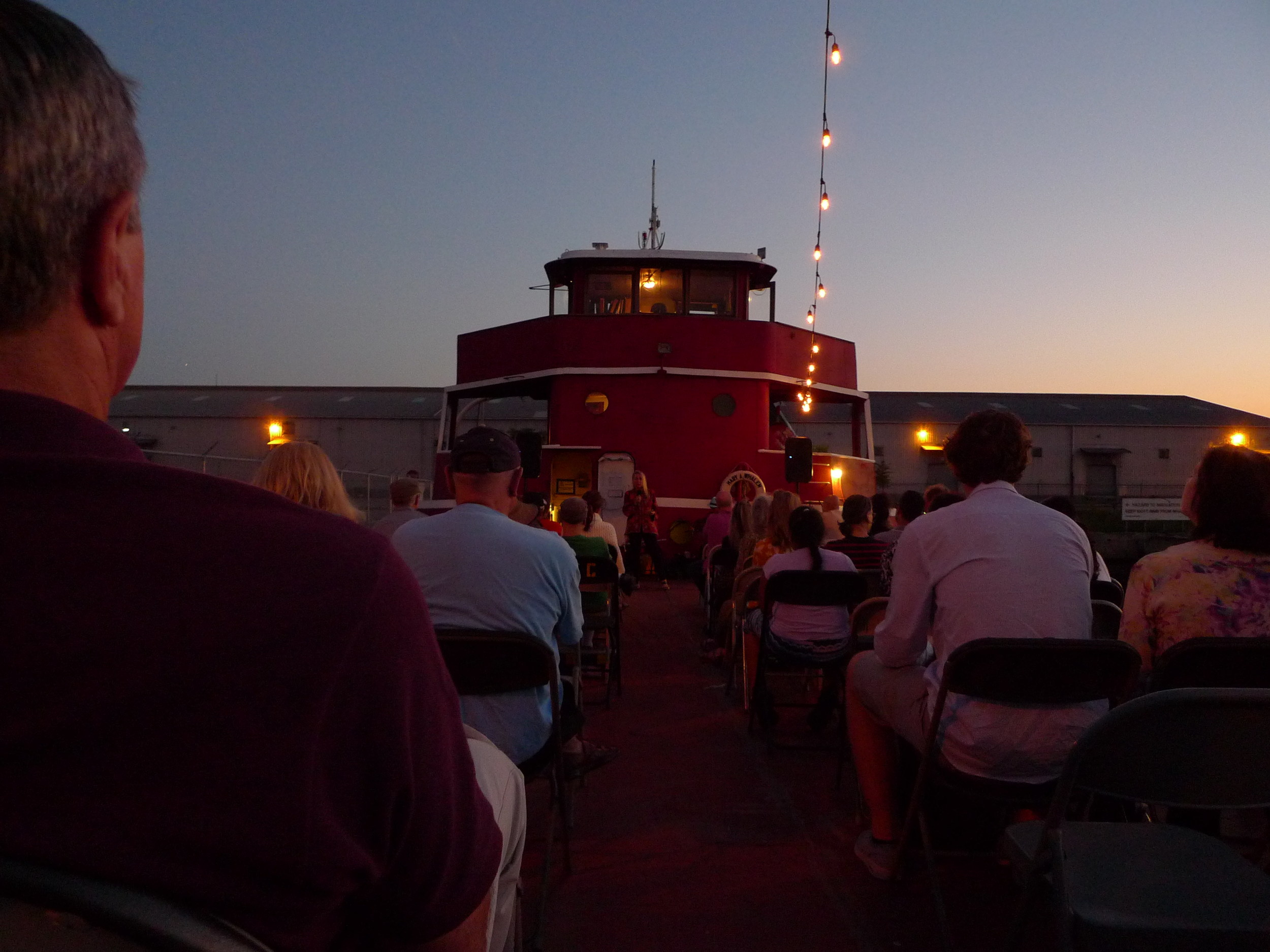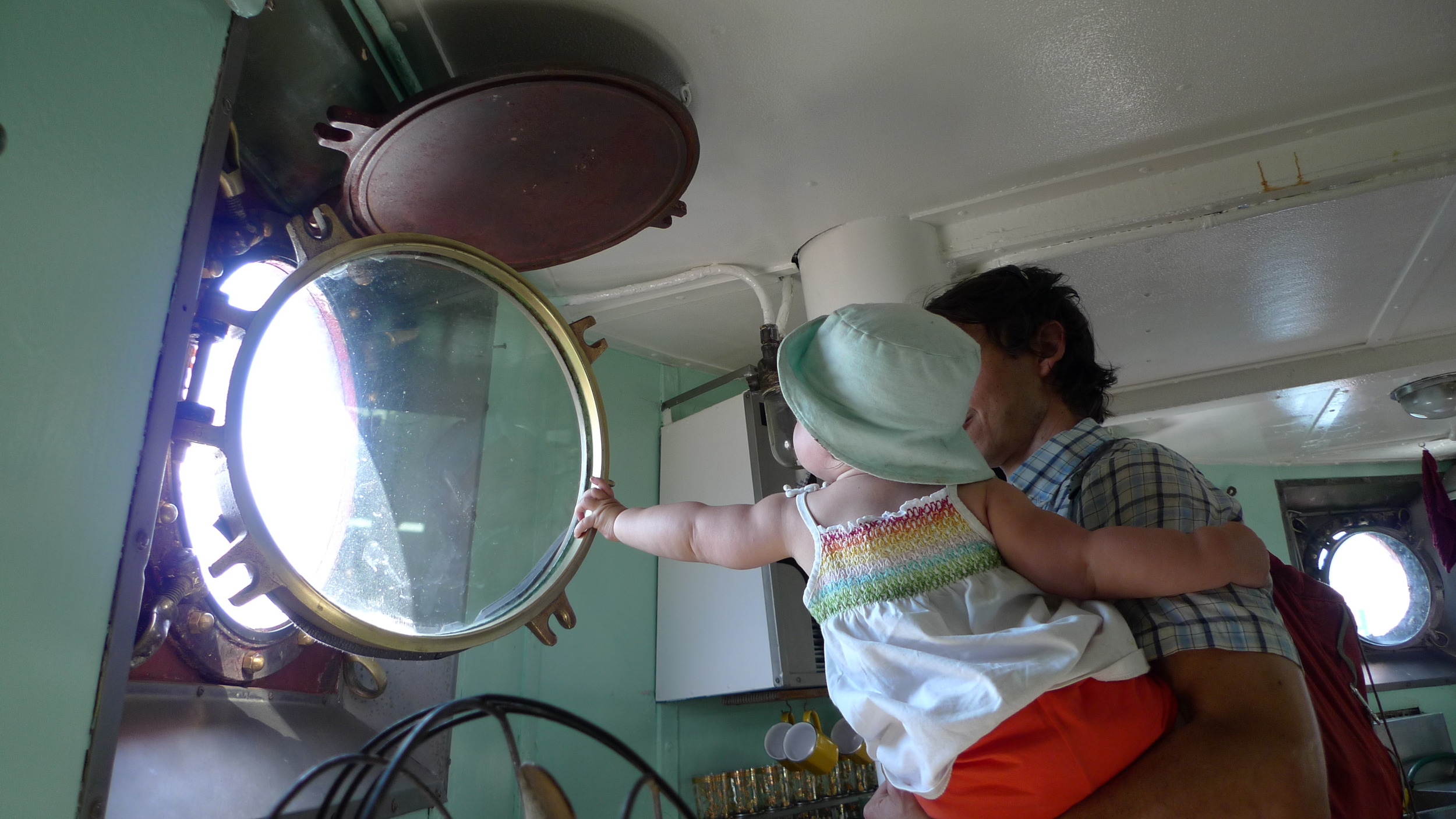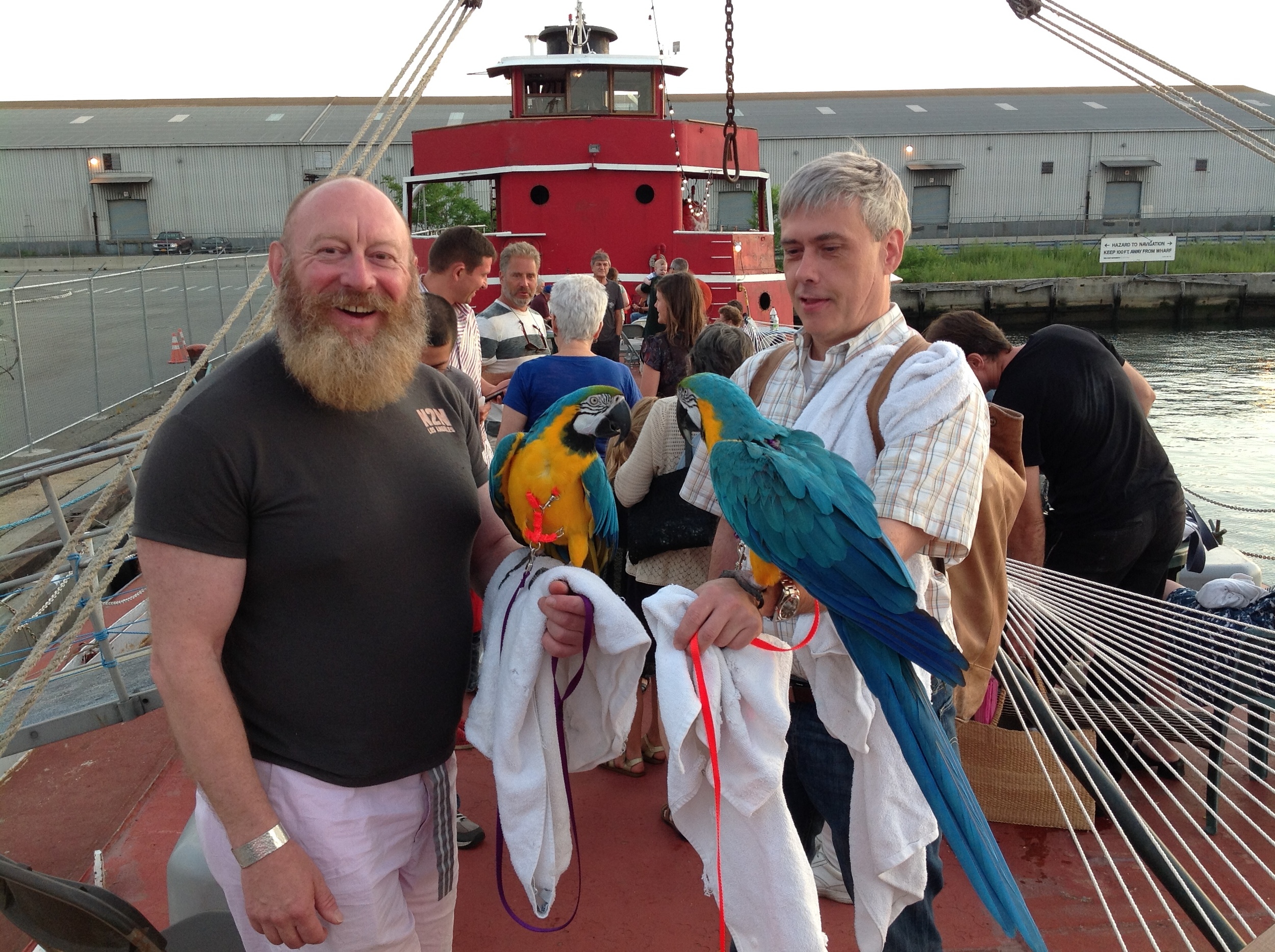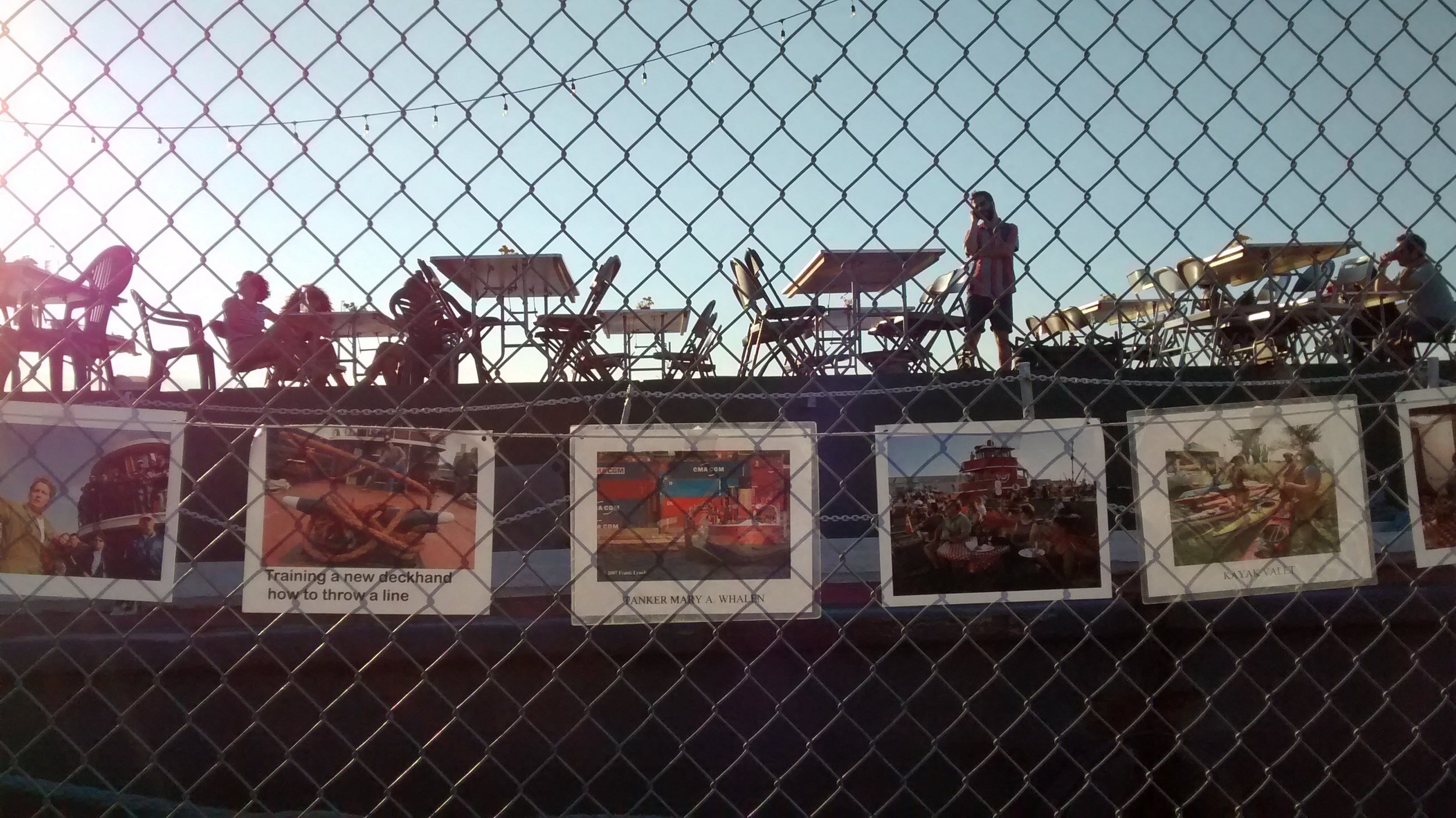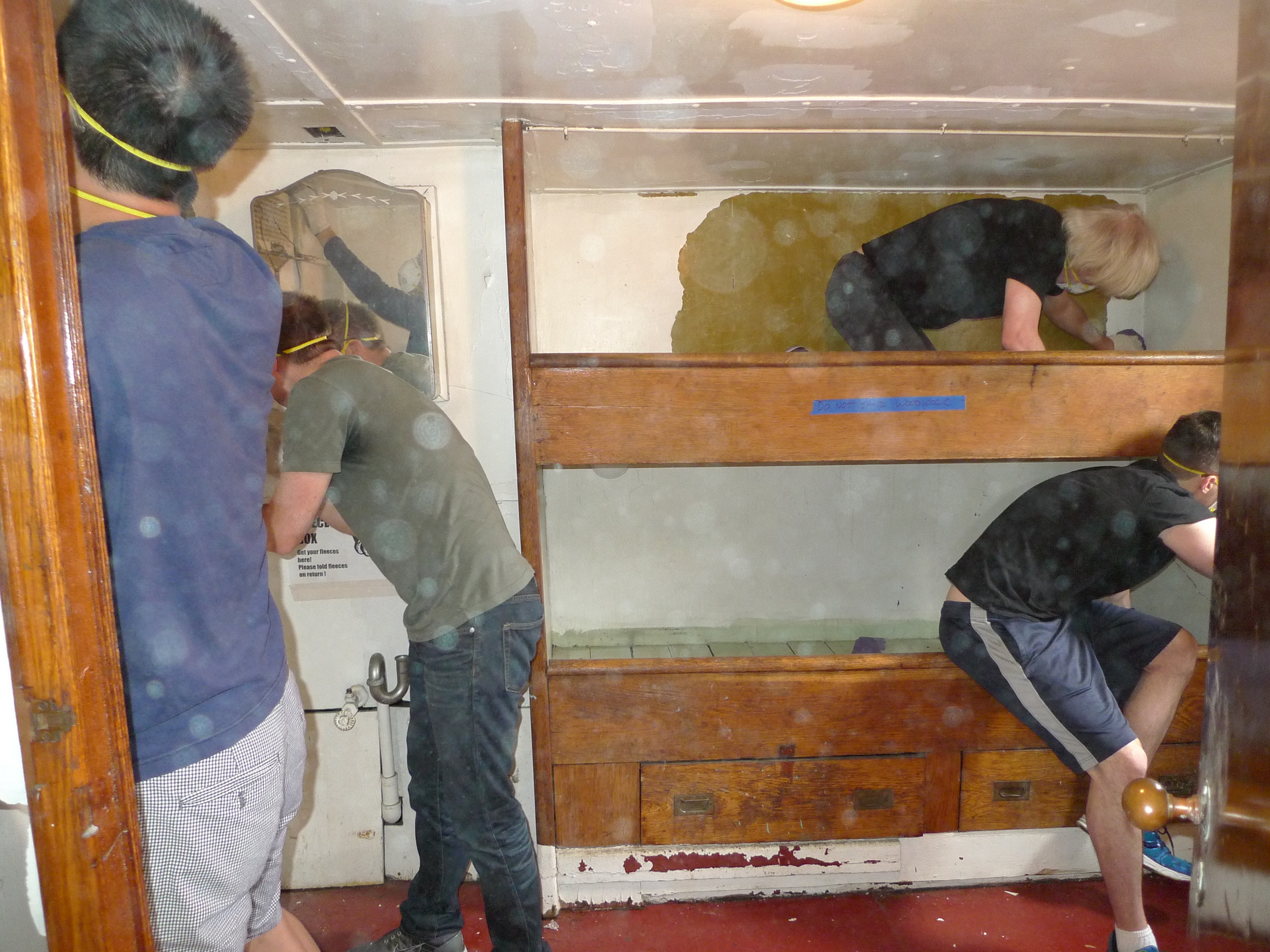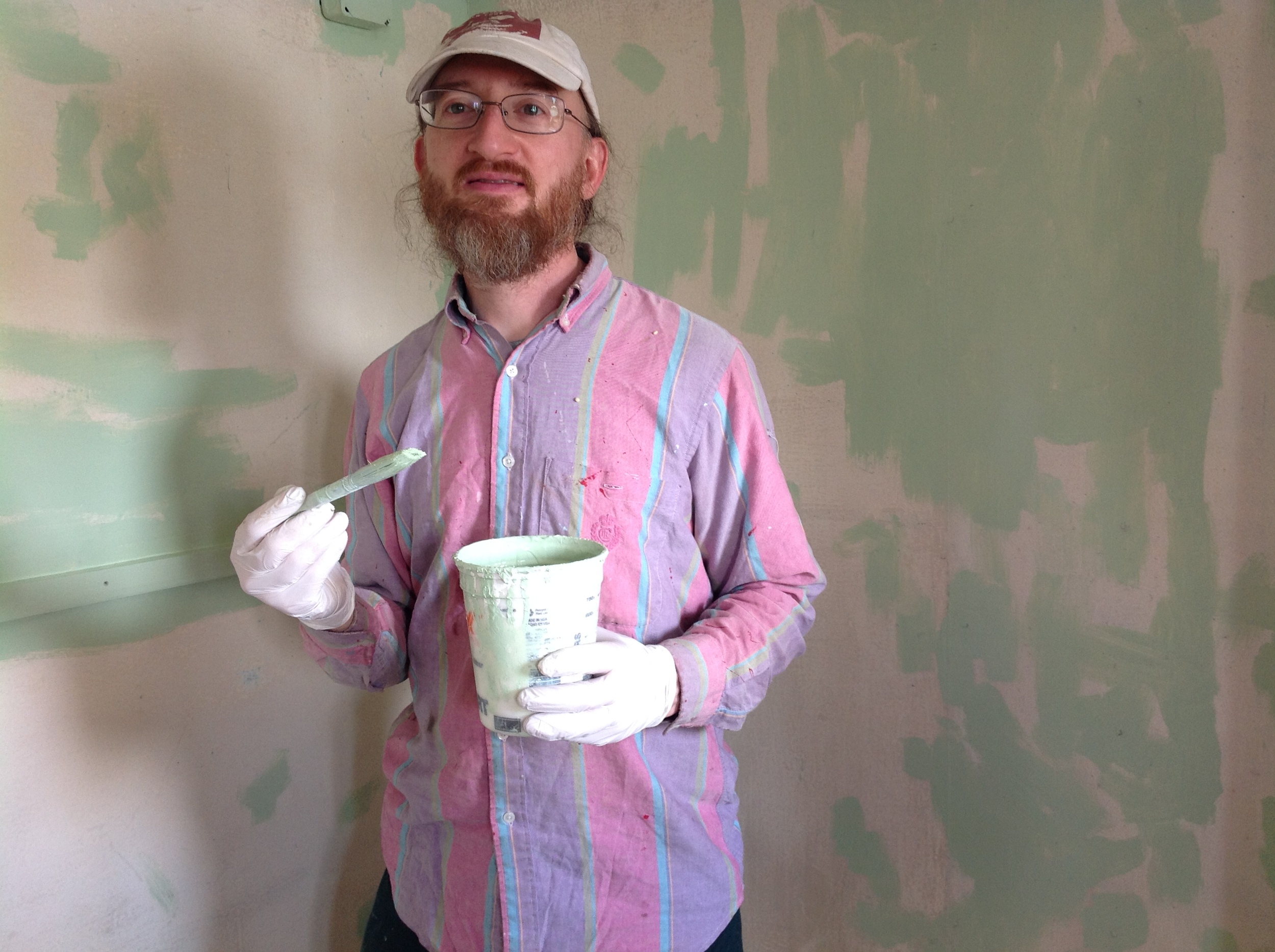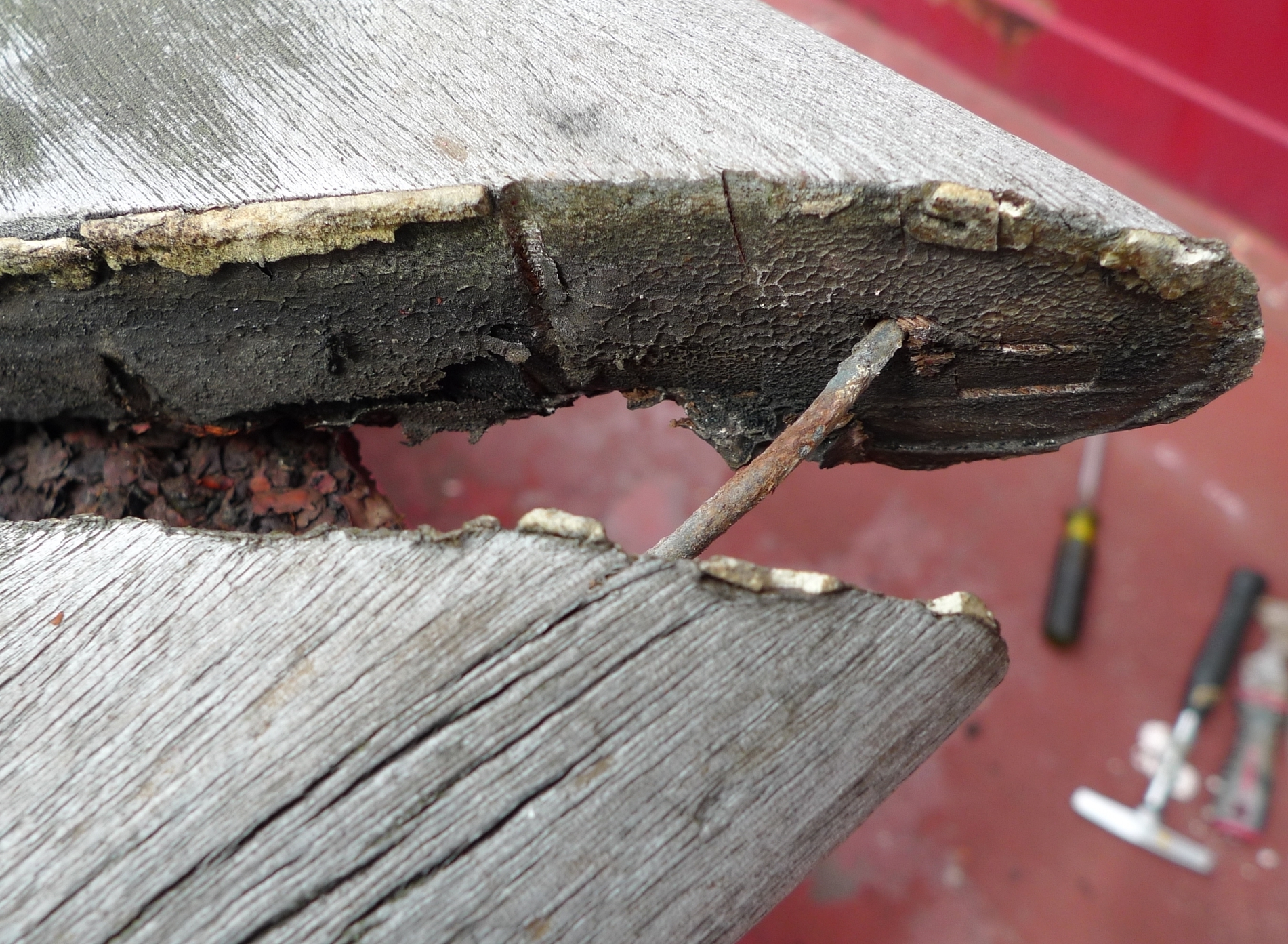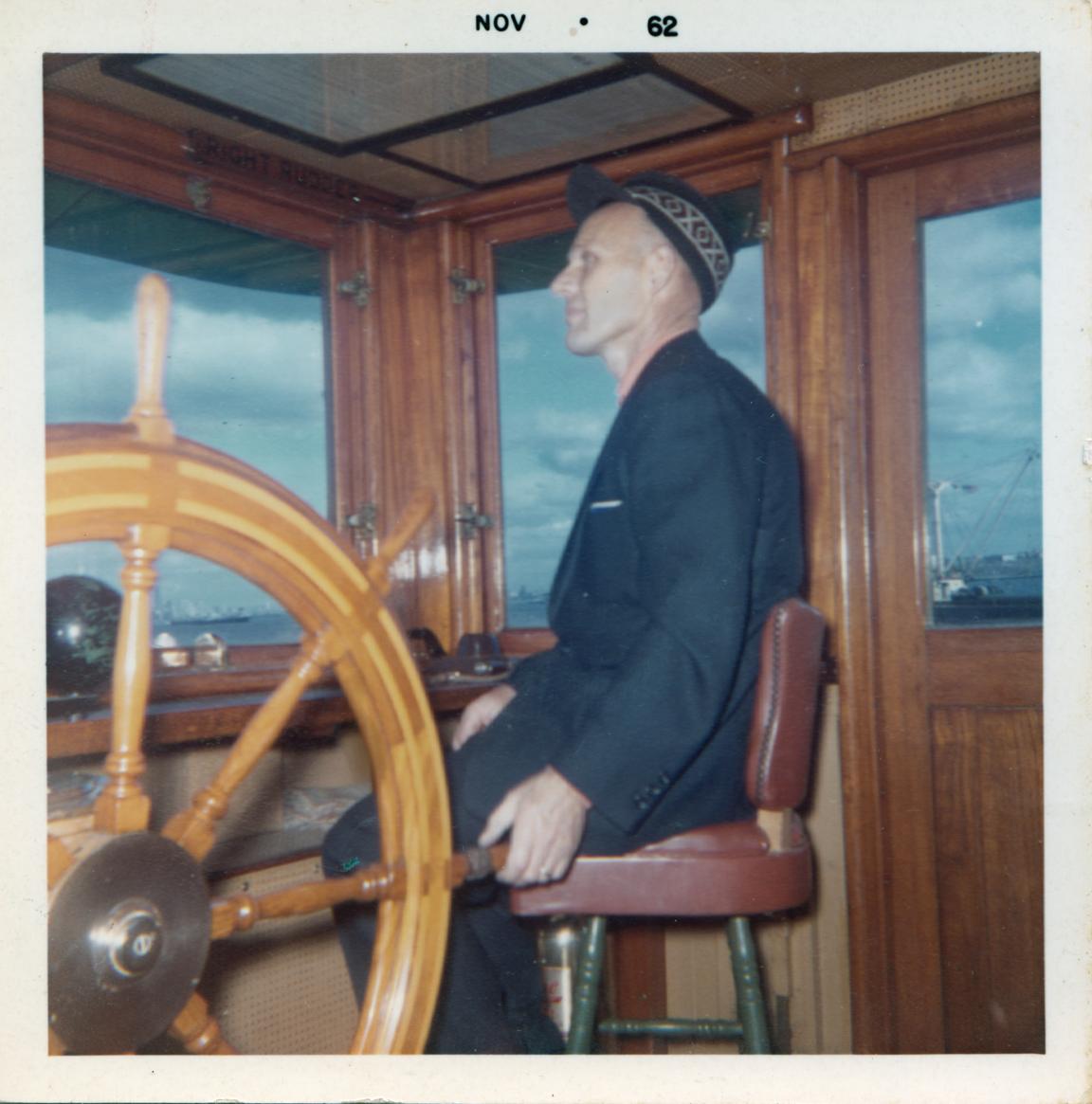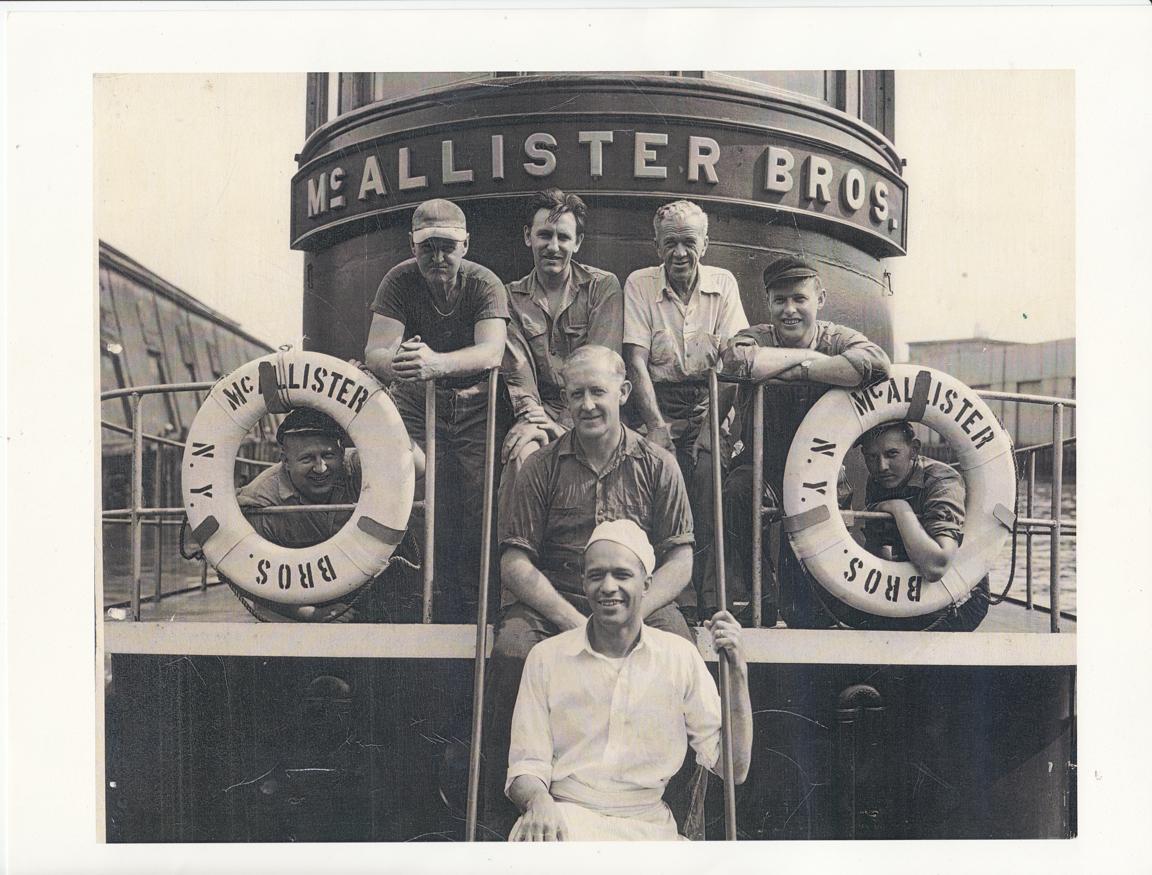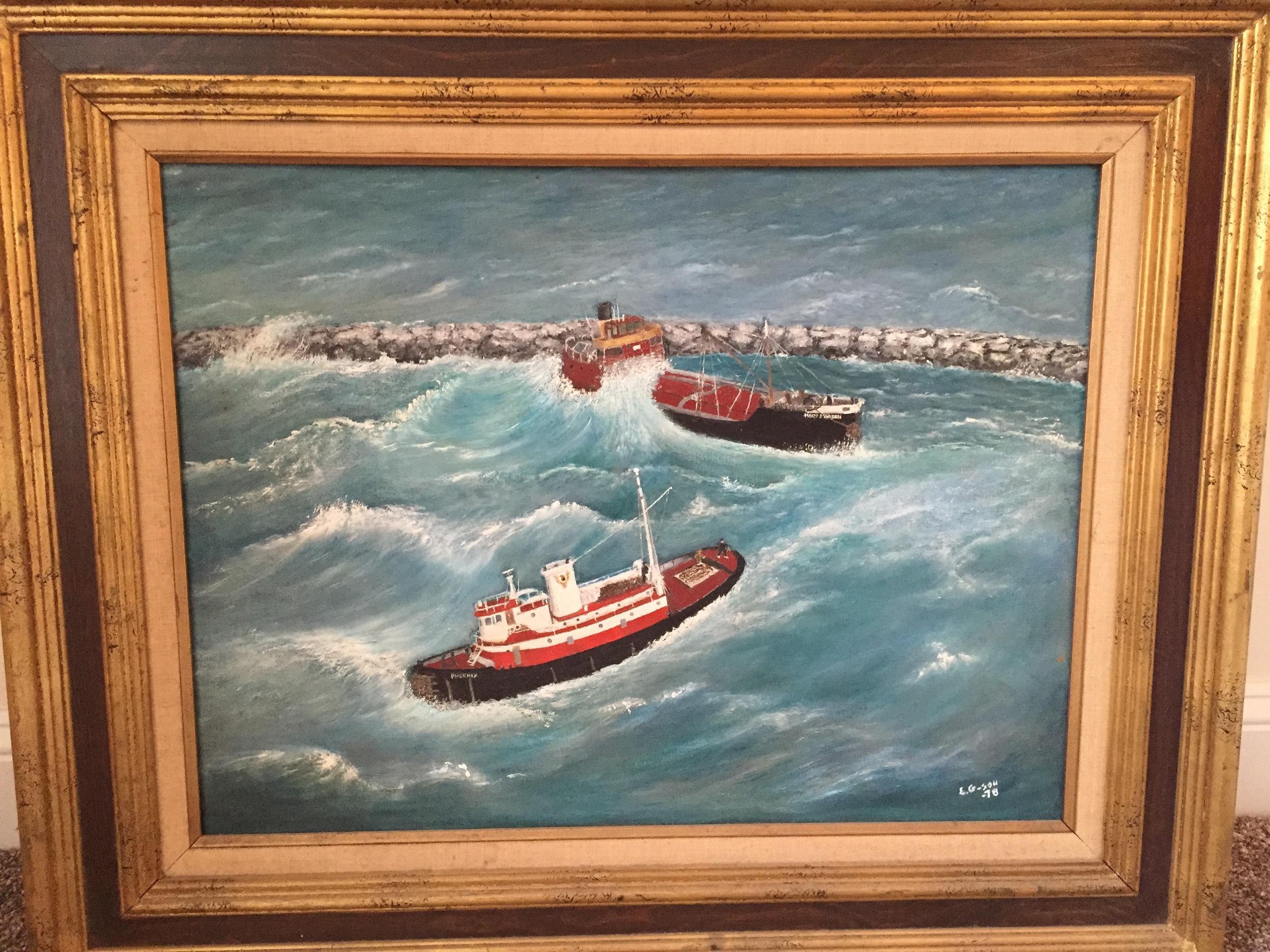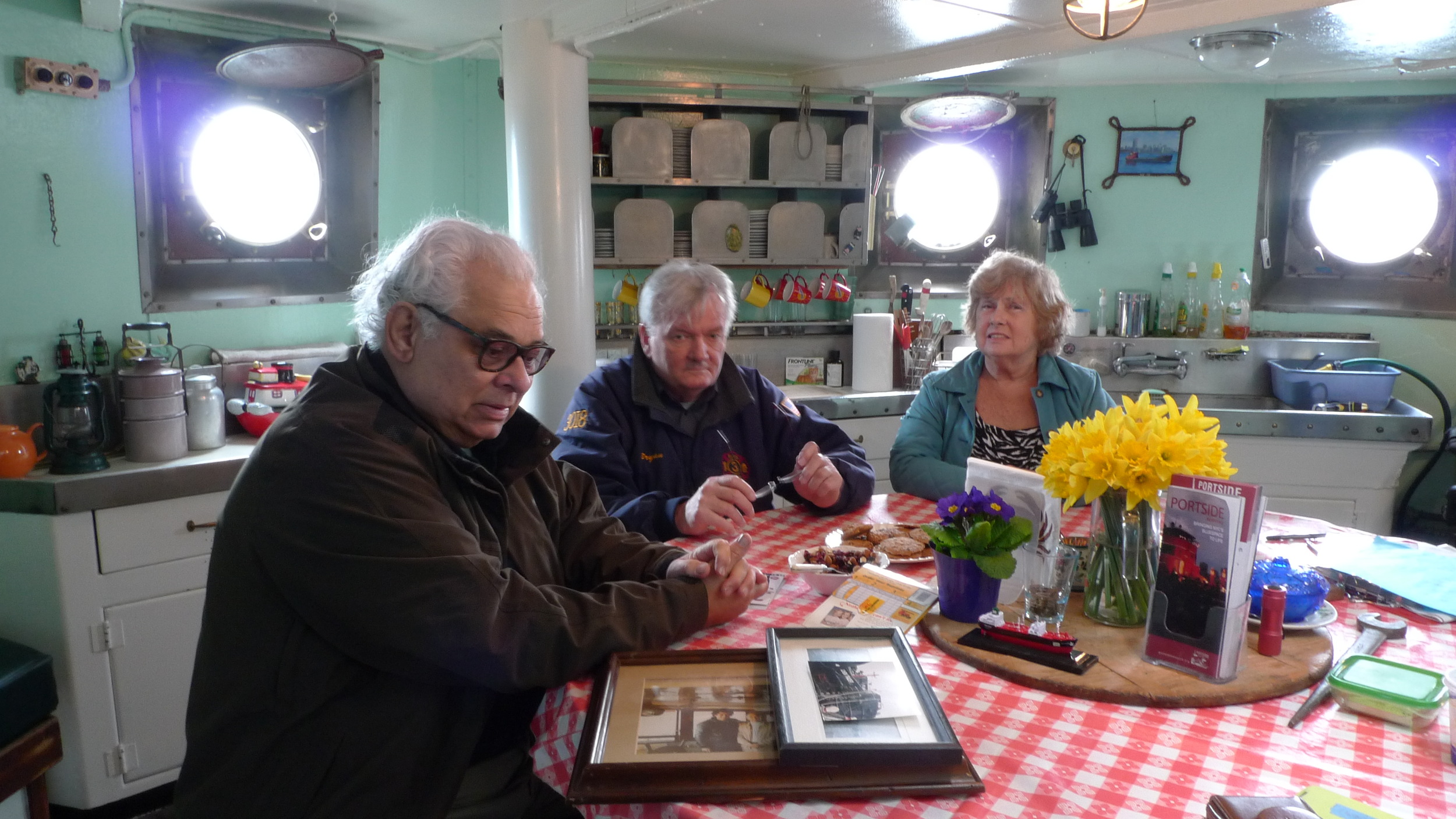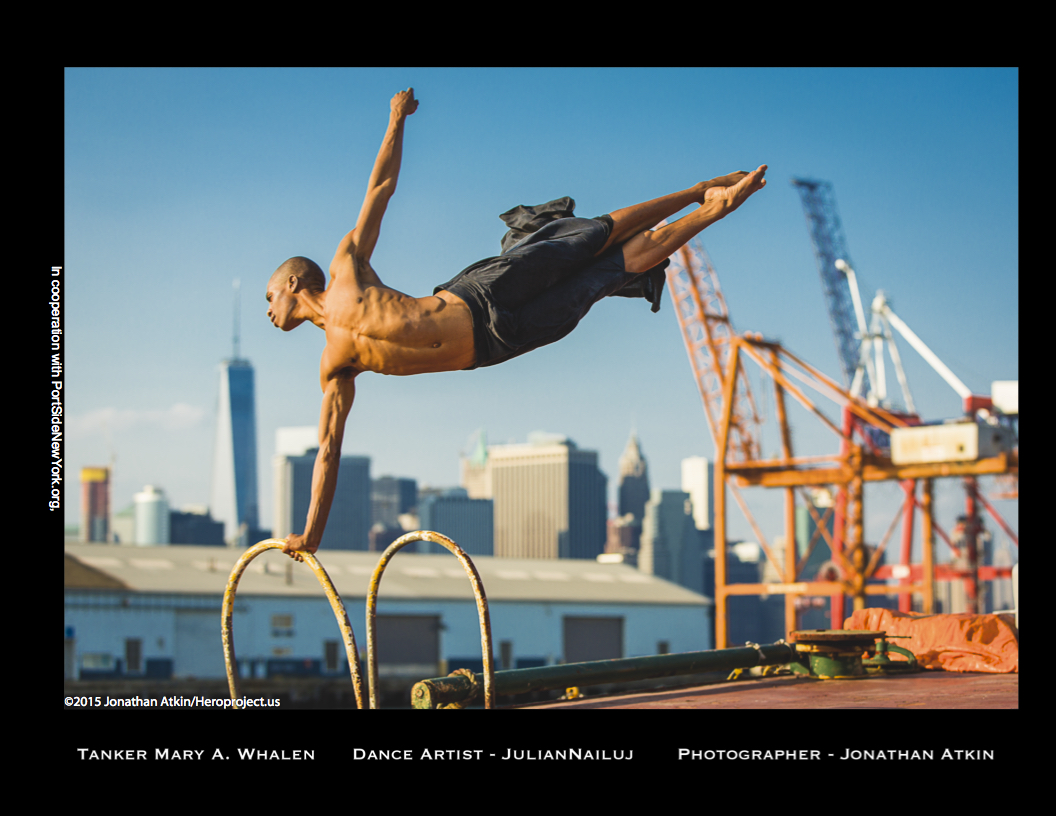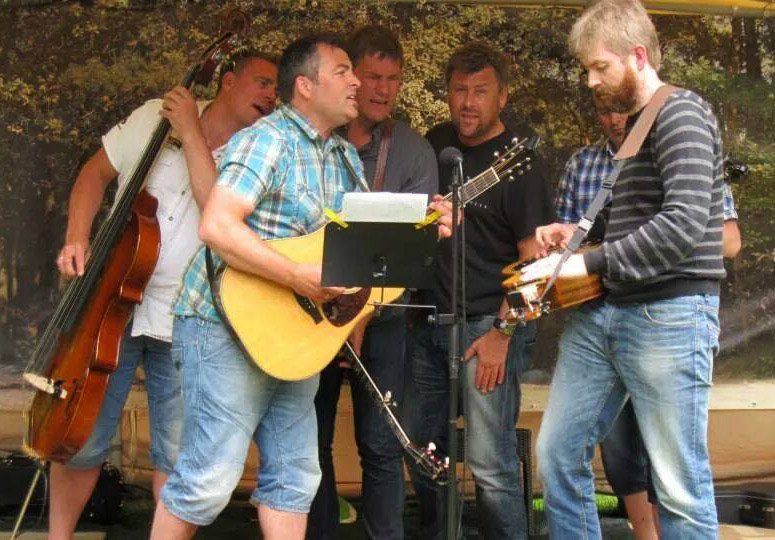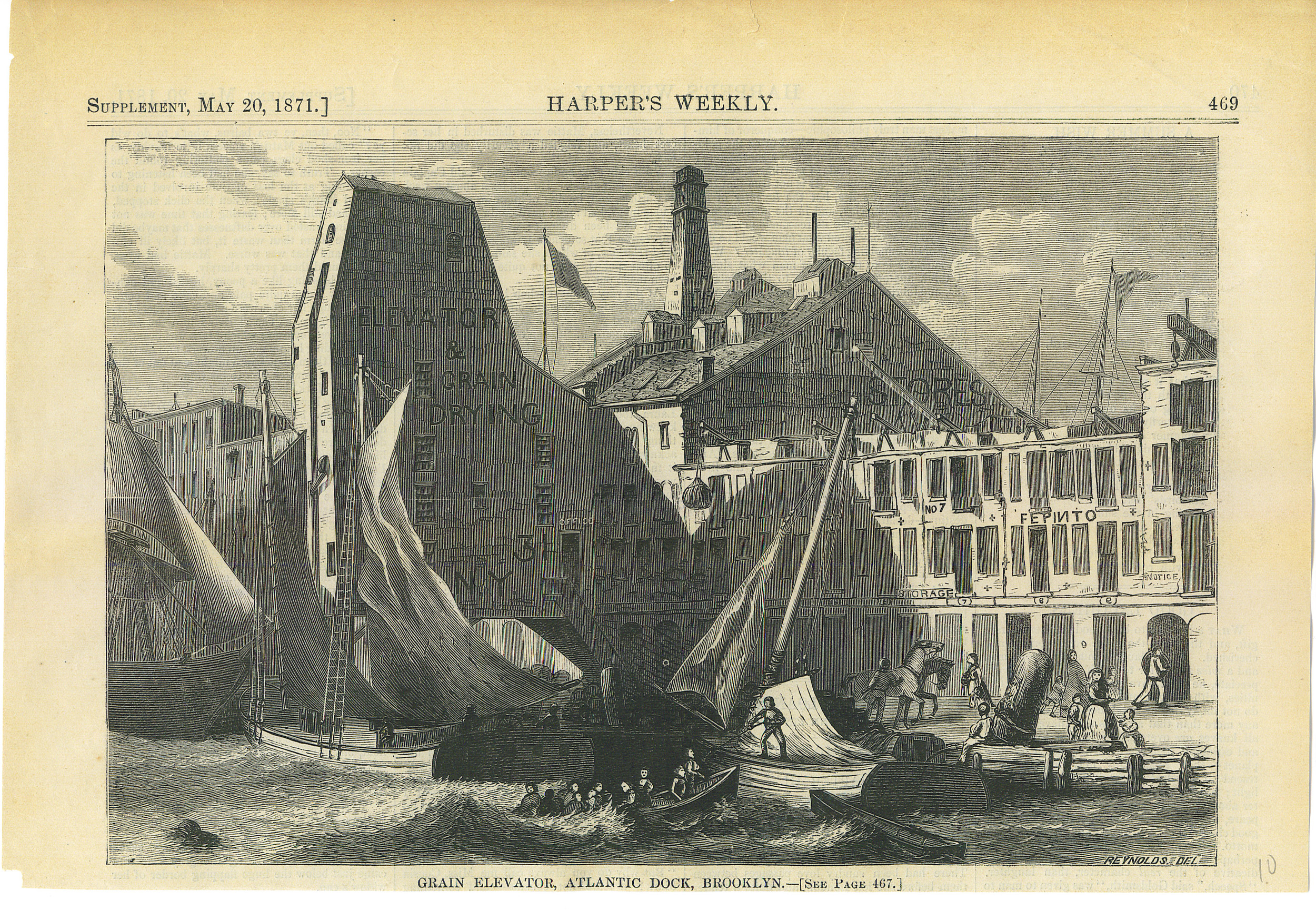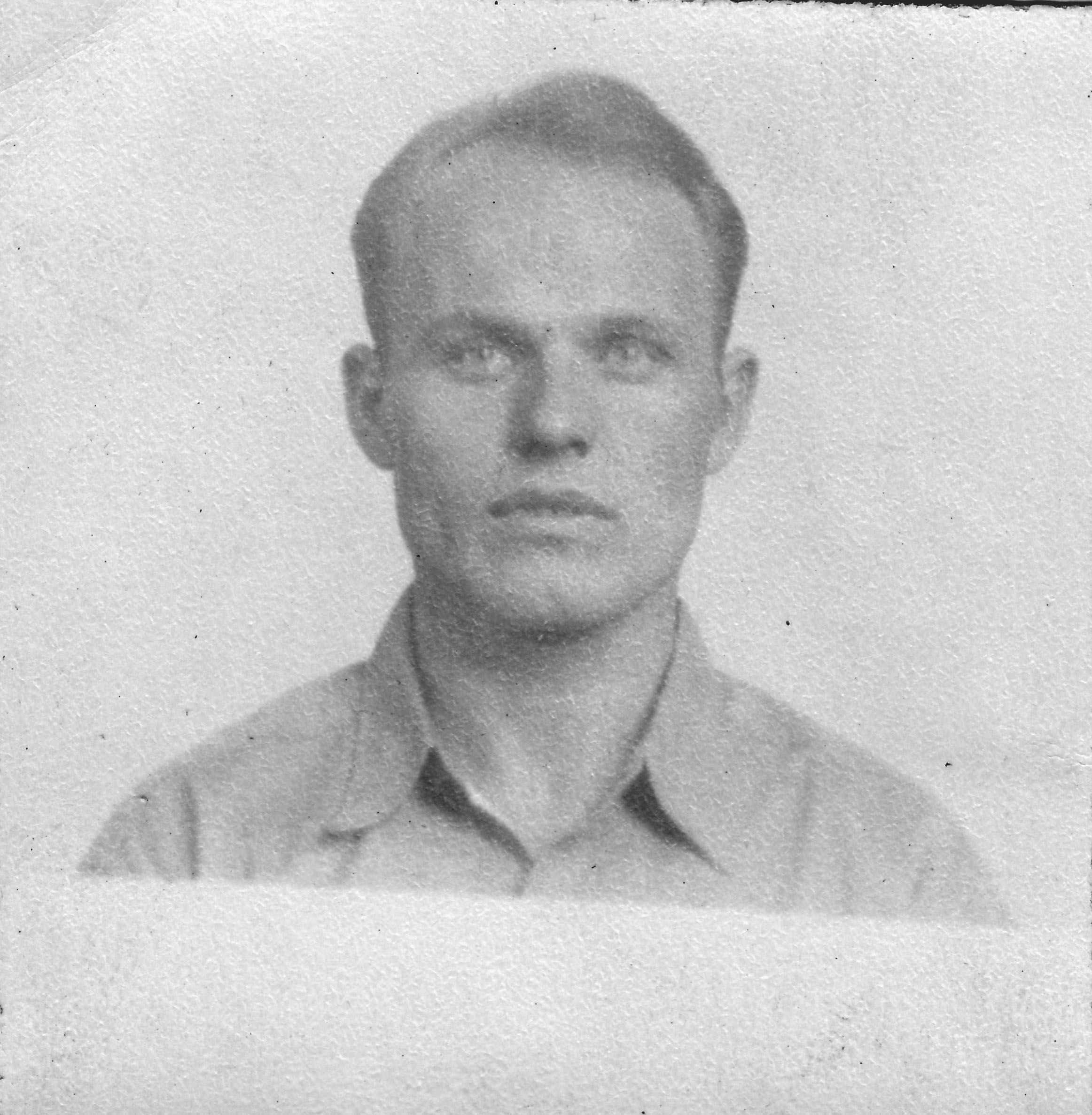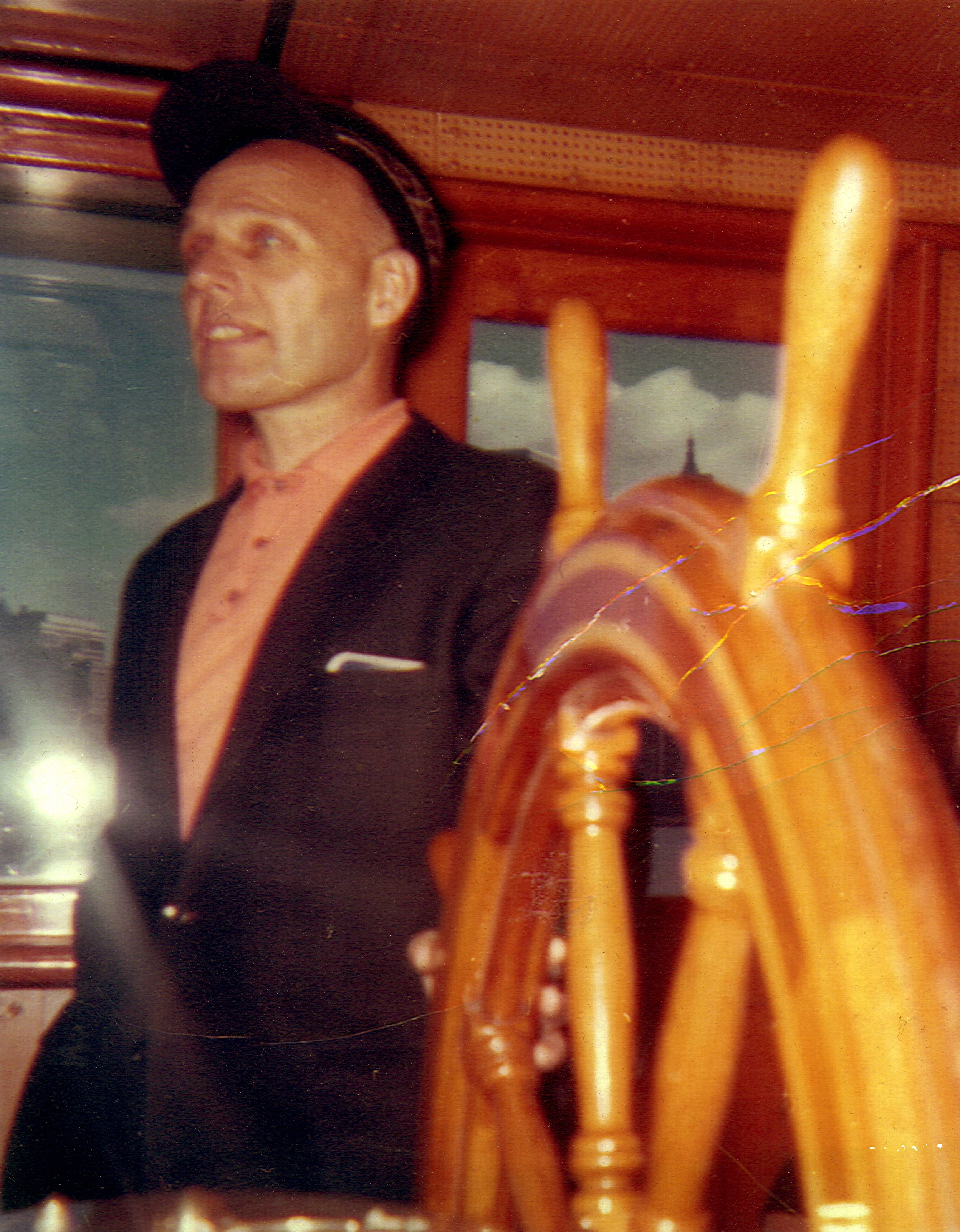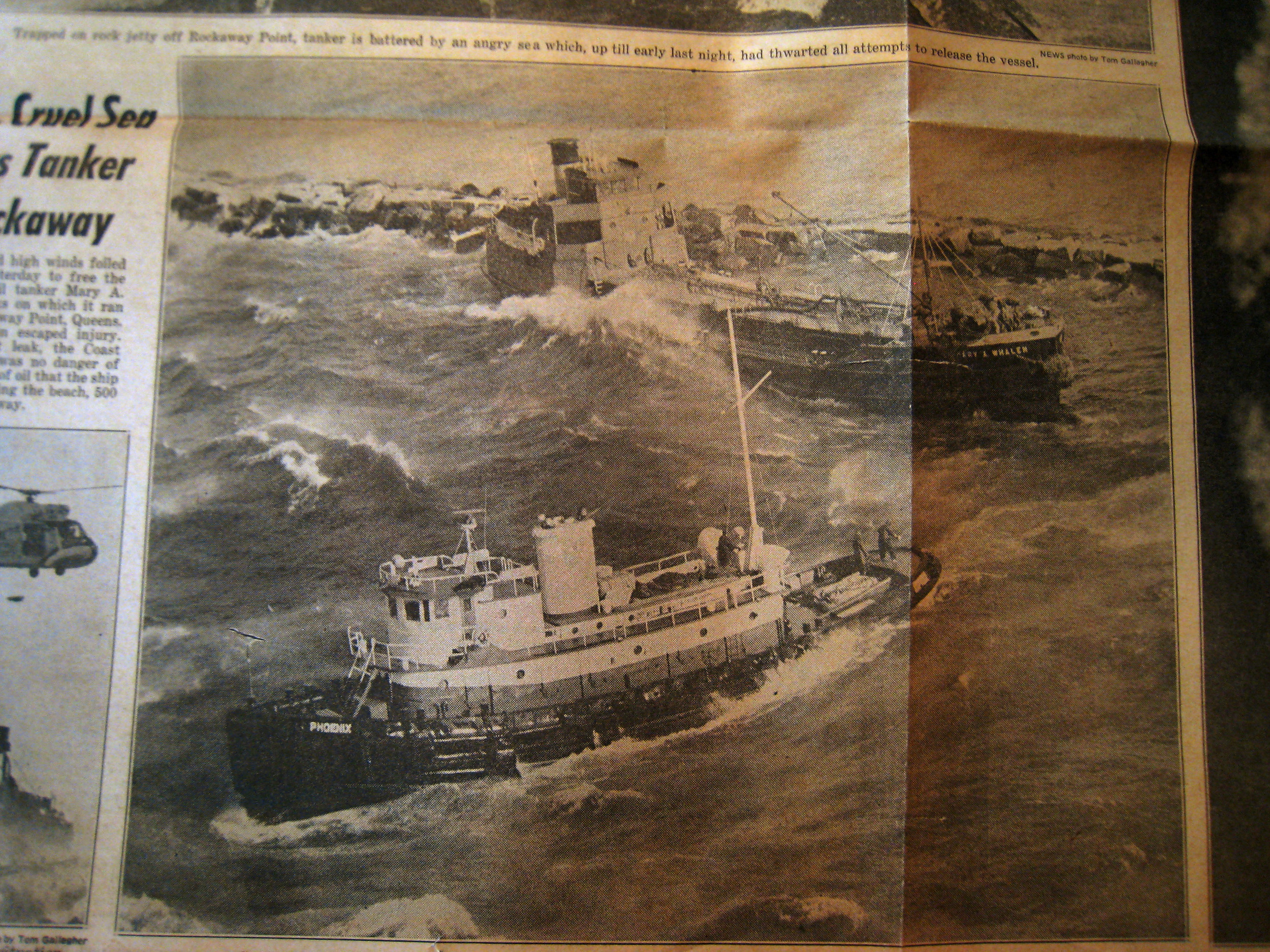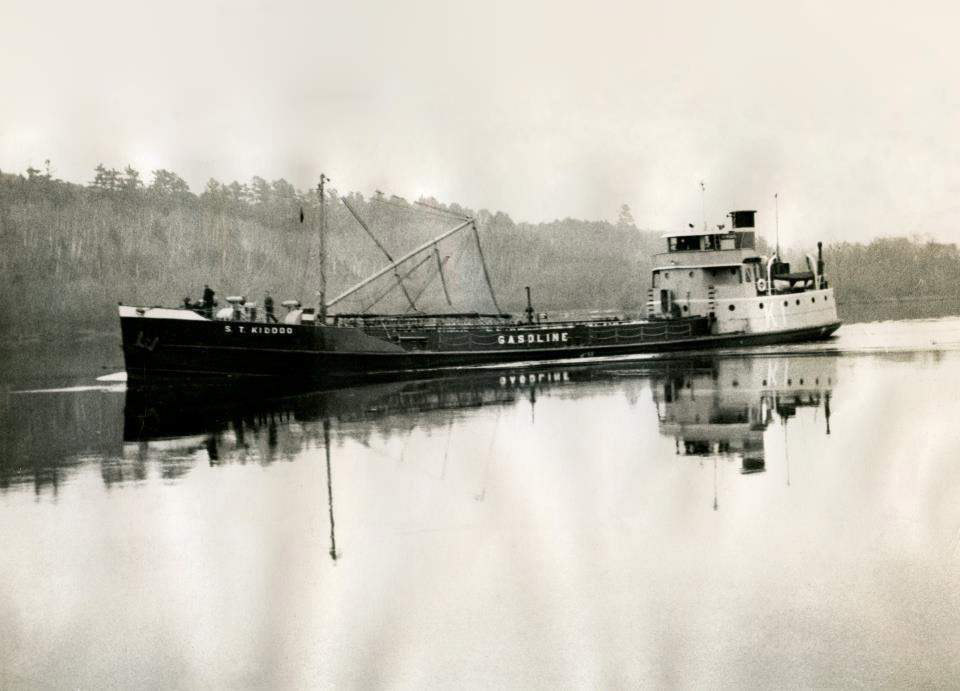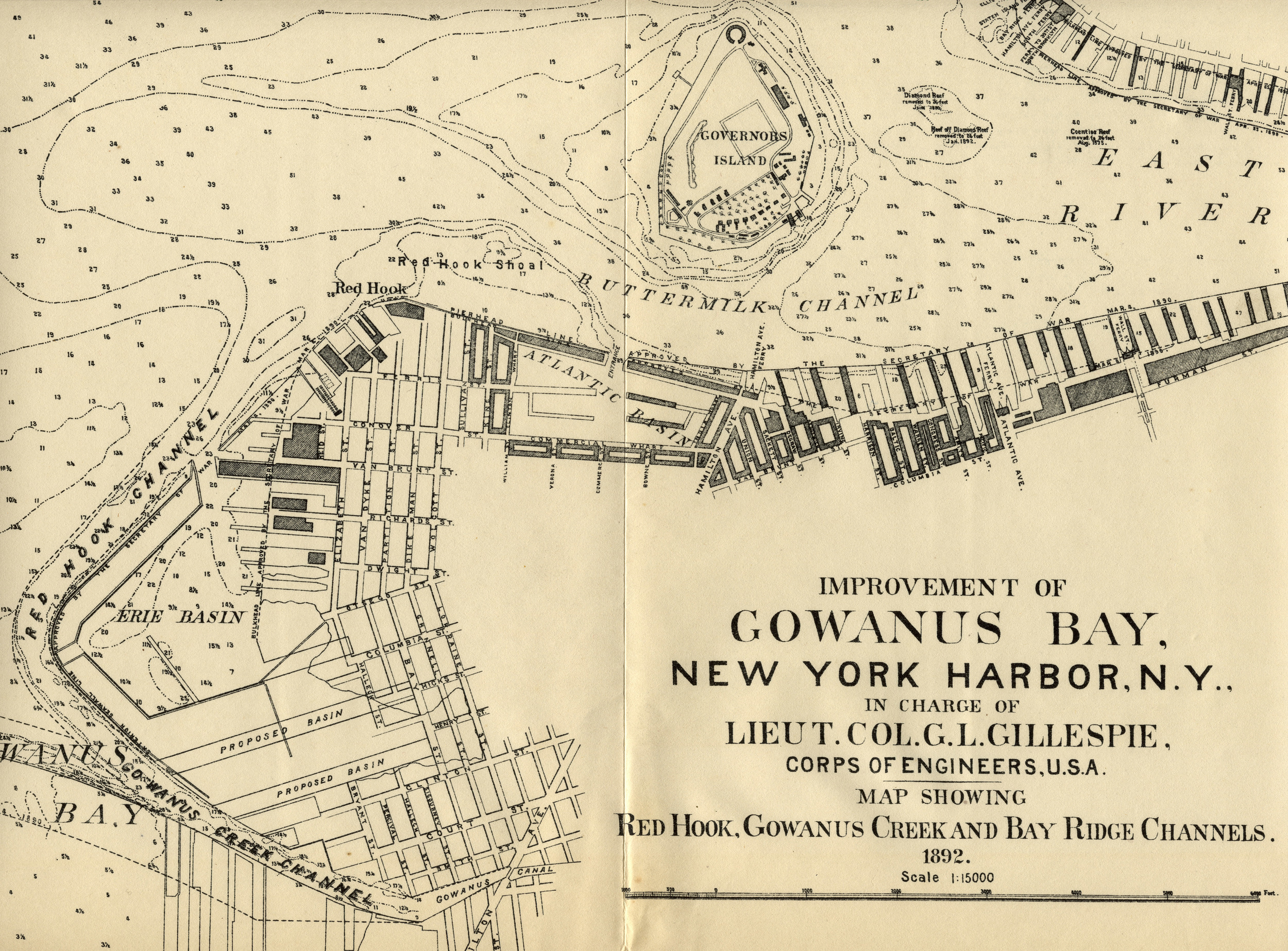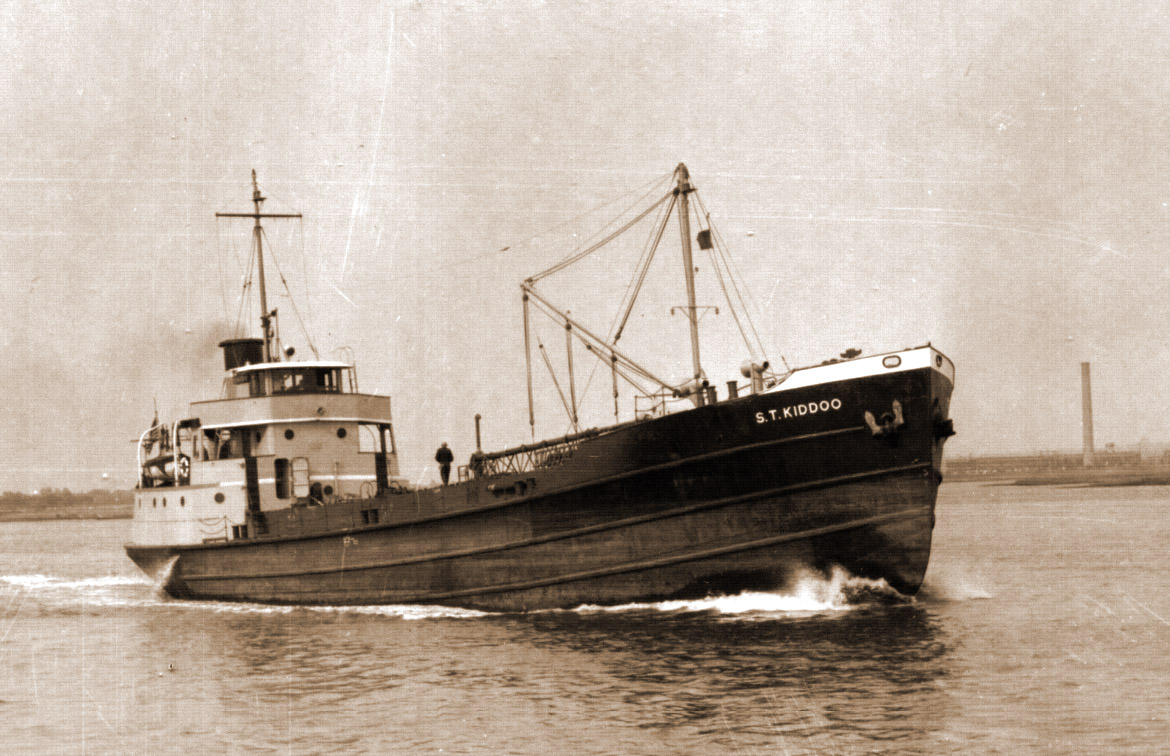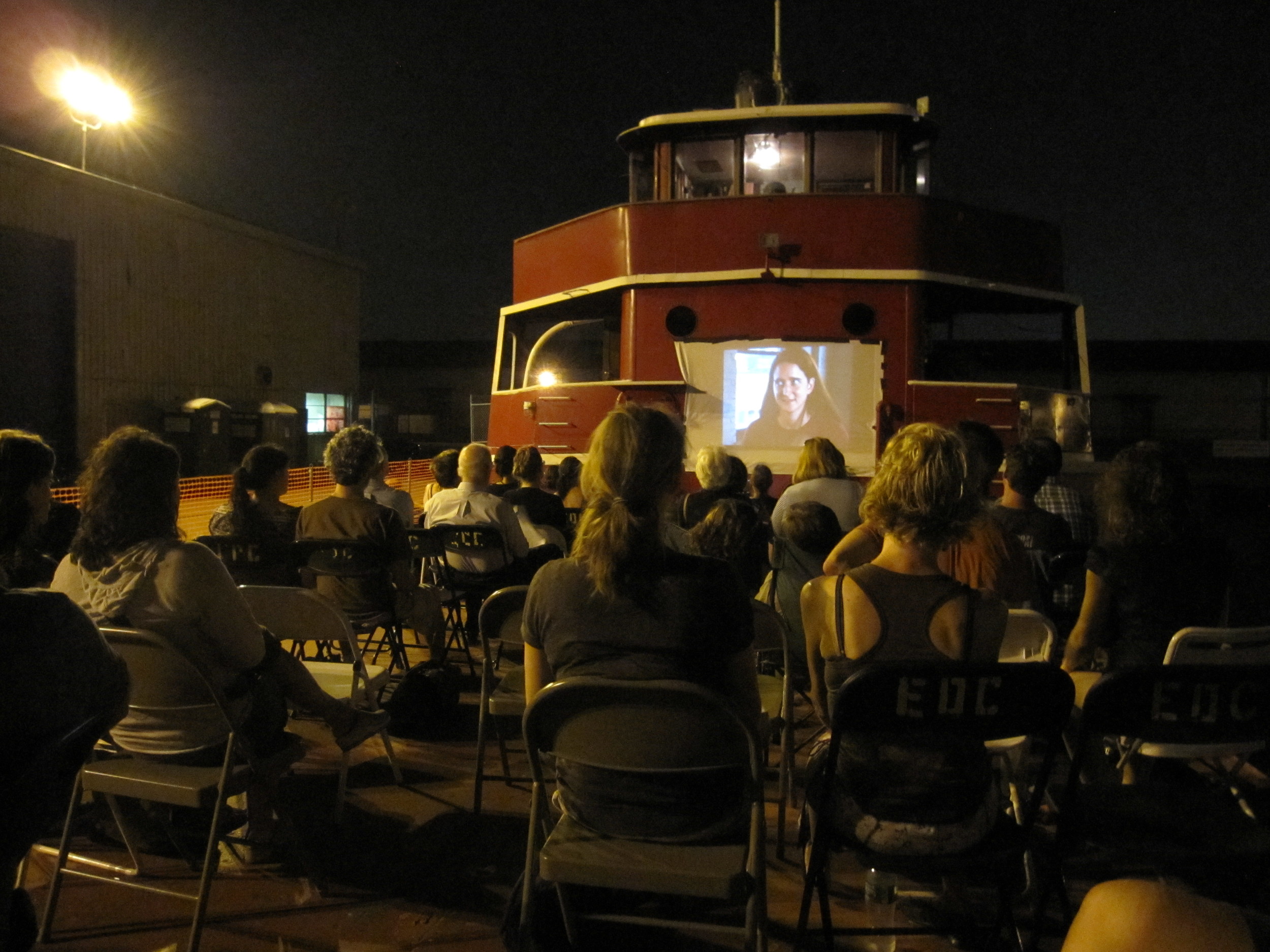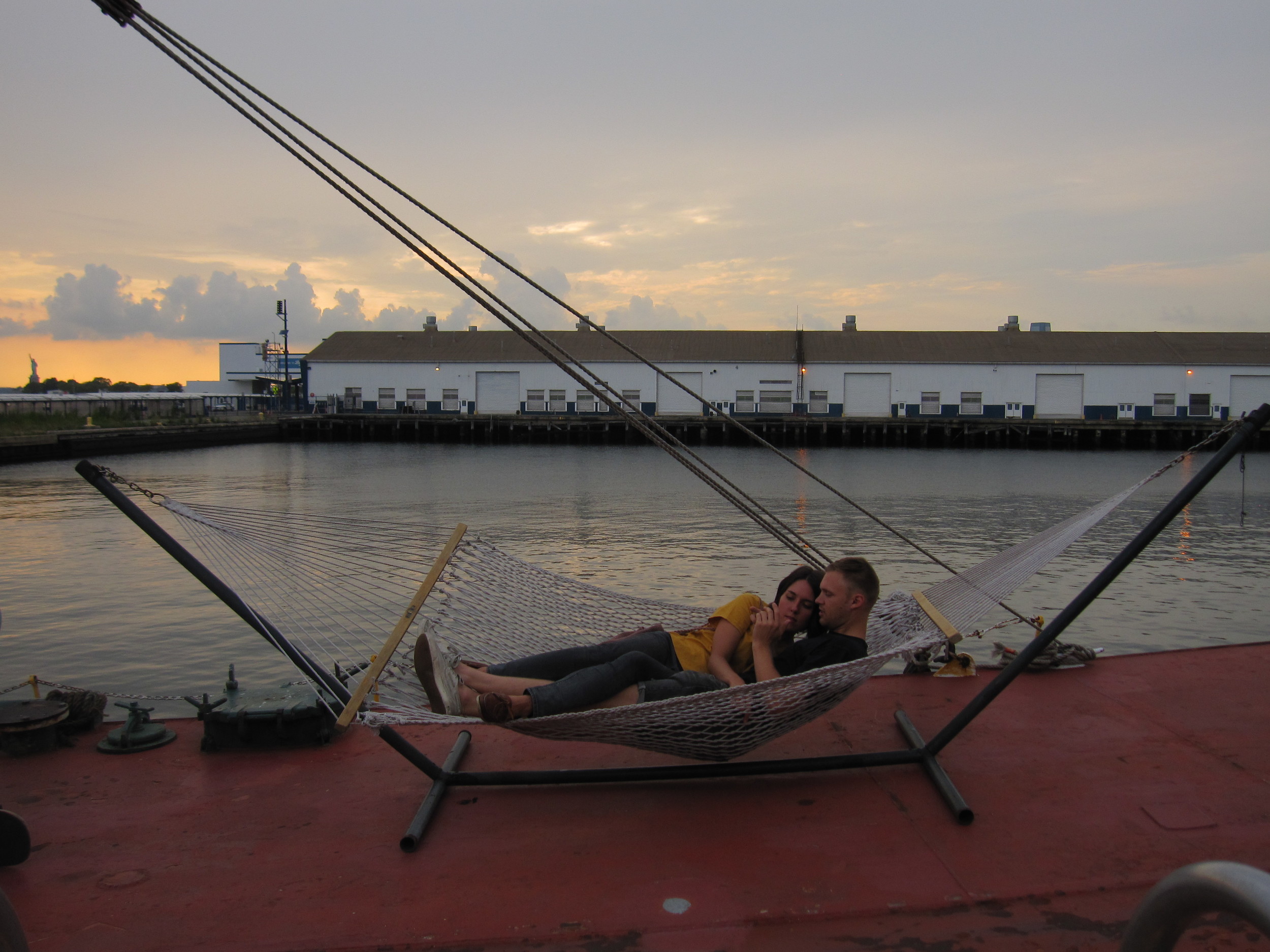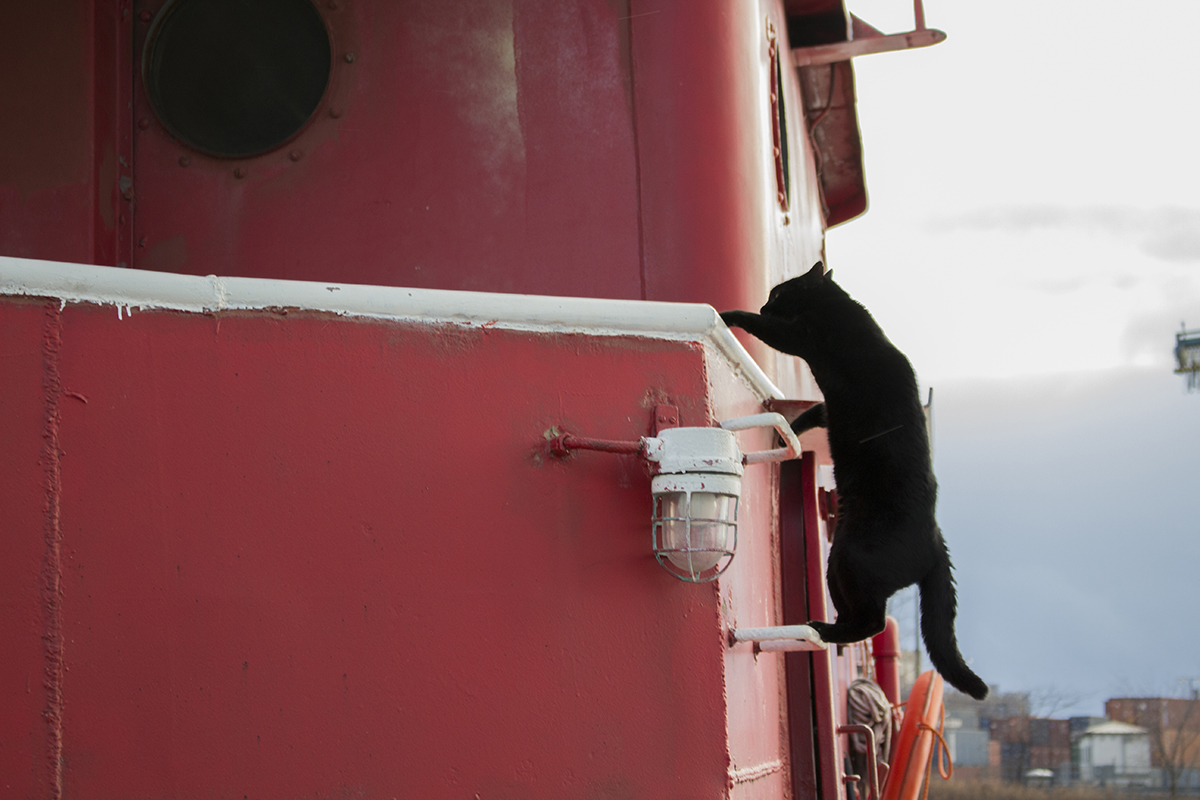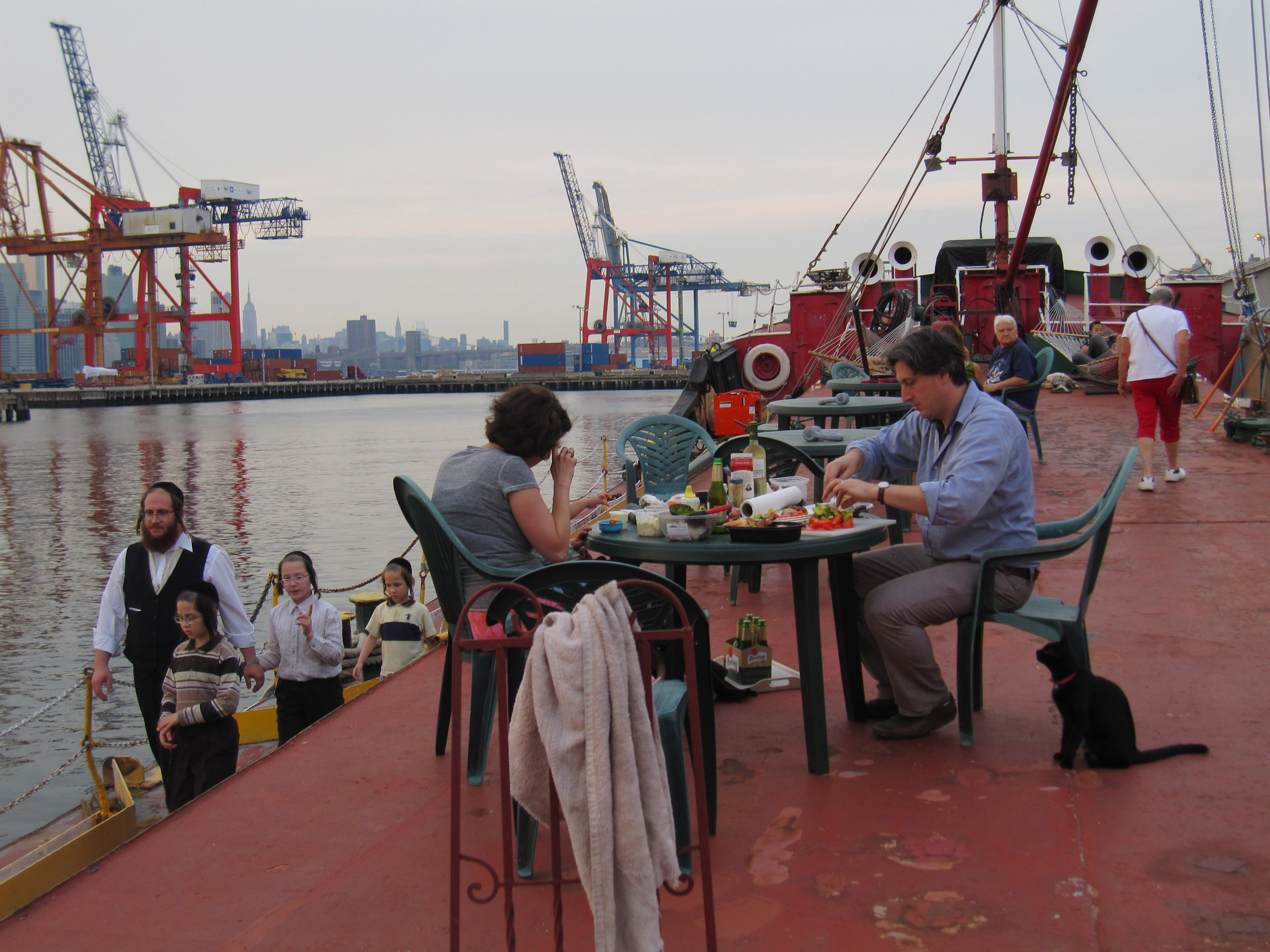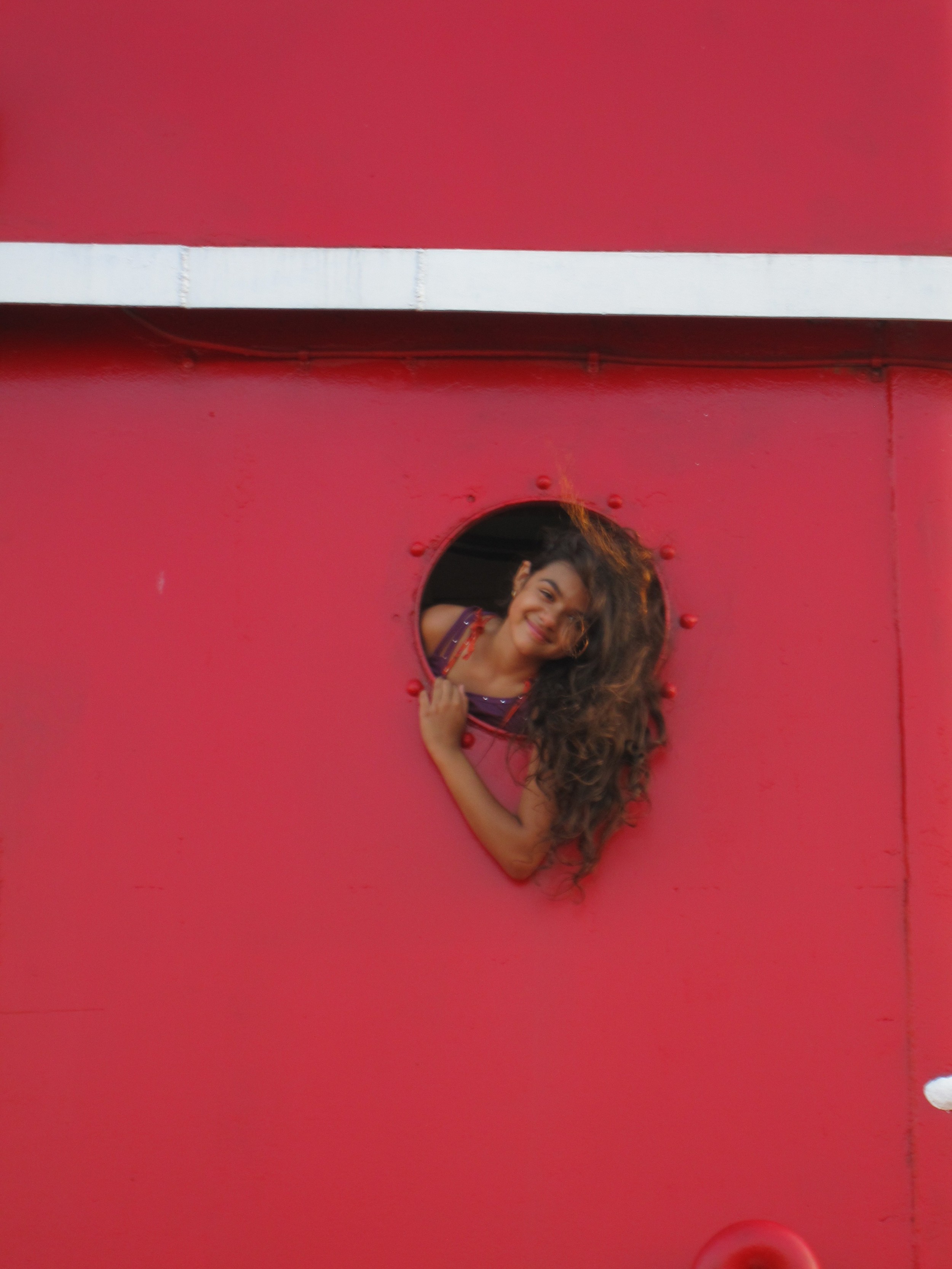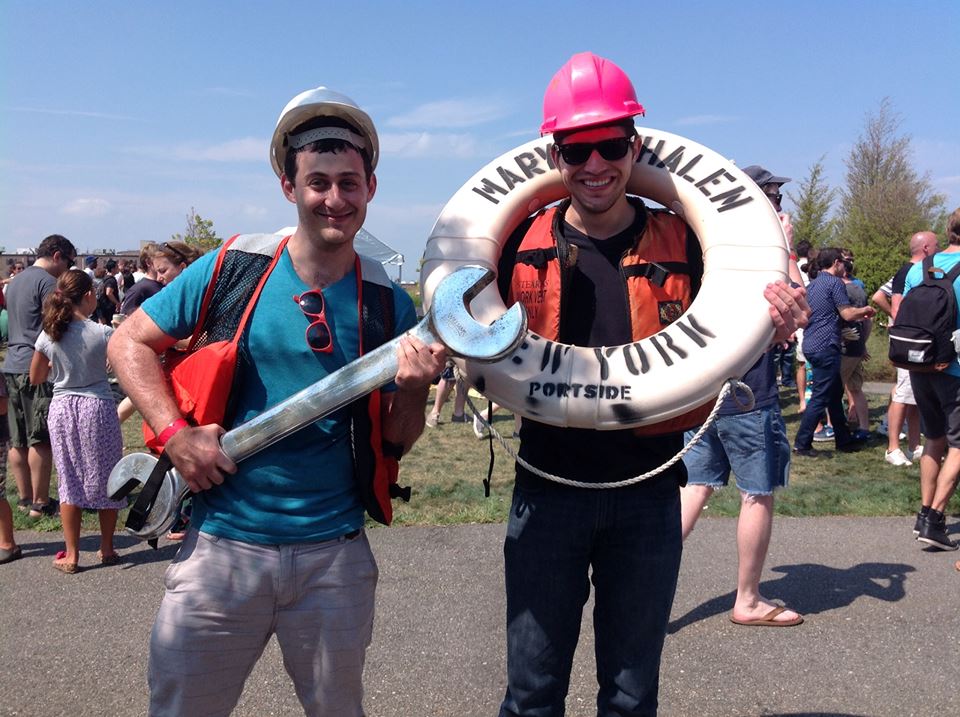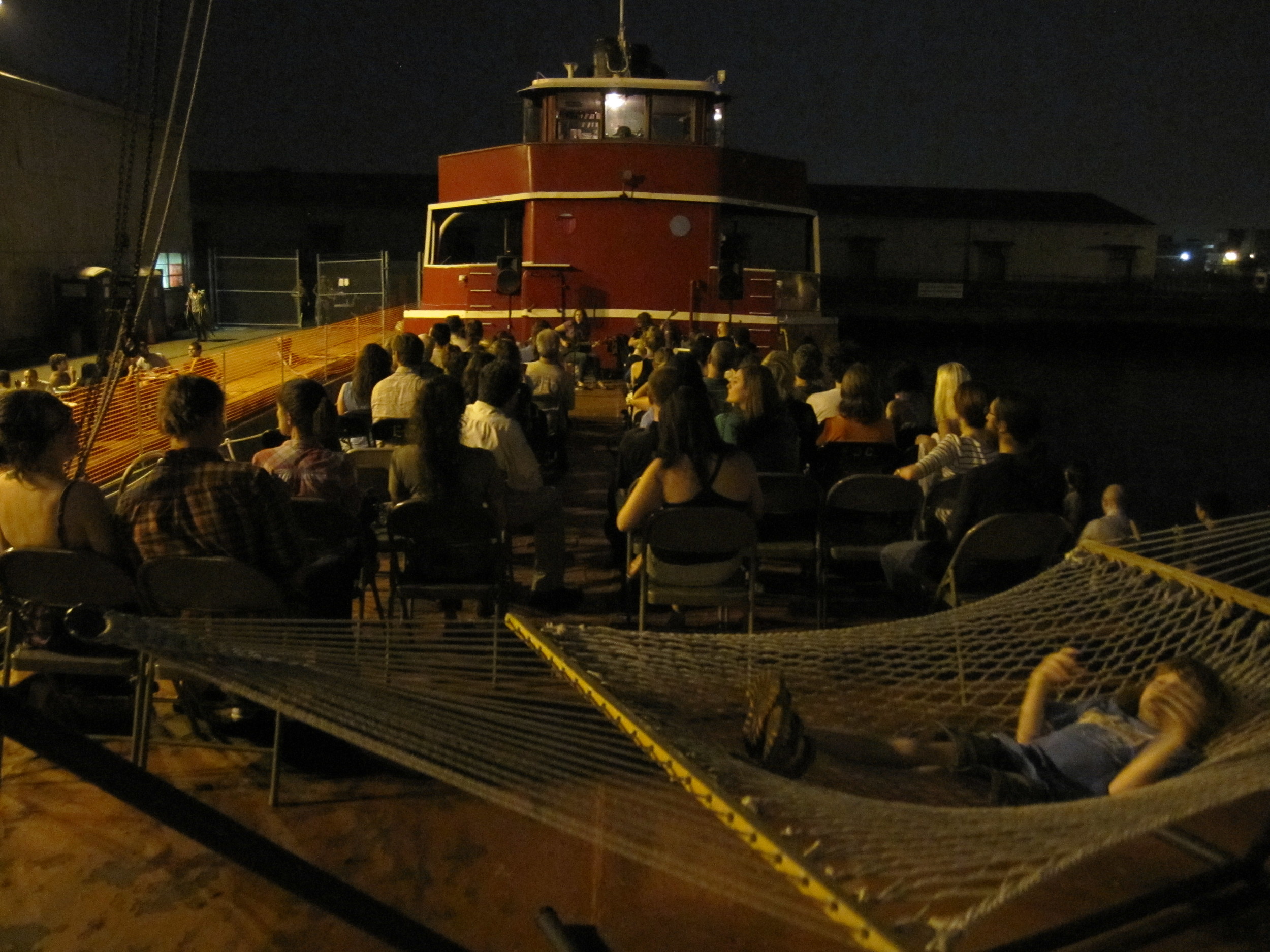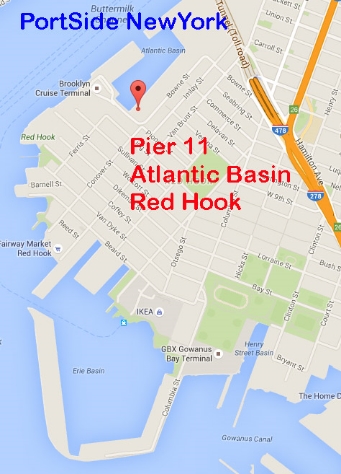"Let me implore you to seek the spiritual guidance of the ministers of religion; and let your repentance be as humble and thorough as your crime was great. Do not attempt to hide its enormity from yourself; think of the cruelty and wickedness of seizing nearly a thousand fellow beings, who never did you harm, and thrusting them beneath the decks of a small ship, beneath a burning tropical sun, to die in of disease or suffocation, or be transported to distant lands, and be consigned, they and their posterity, to a fate far more cruel than death.
Think of the sufferings of the unhappy beings whom you crowded on the Erie; of their helpless agony and terror as you took them from their native land; and especially of their miseries on the ---- ----- place of your capture to Monrovia! Remember that you showed mercy to none, carrying off as you did not only those of your own sex, but women and helpless children.
Do not flatter yourself that because they belonged to a different race from yourself, your guilt is therefore lessened – rather fear that it is increased. In the just and generous heart, the humble and the weak inspire compassion, and call for pity and forbearance. As you are soon to pass into the presence of that God of the black man as well as the white man, who is no respecter of persons, do not indulge for a moment the thought that he hears with indifference the cry of the humblest of his children. Do not imagine that because others shared in the guilt of this enterprise, yours, is thereby diminished; but remember the awful admonition of your Bible, “Though hand joined in hand, the wicked shall not go unpunished." — Worcester Aegis and Transcript; December 7, 1861; pg. 1, col. 6. From Wikipedia
Lincoln resolves to use the ERIE and Nathaniel Gordon to communicate condemnation of slaving and slavery:
Quoting from Historynet: “Lincoln from the beginning had no intention of sparing Nathaniel Gordon’s life. On February 4, just three days before Gordon was scheduled to die, the president wrote, “I think I would personally prefer to let this man live in confinement and let him meditate on his deeds, yet in the name of justice and the majesty of law, there ought to be one case, at least one specific instance, of a professional slave-trader, a Northern white man, given the exact penalty of death because of the incalculable number of deaths he and his kind inflicted upon black men amid the horror of the sea-voyage from Africa.” And three years later, shortly before his own death, he told Congressman Henry Bromwell: “There was that man who was sentenced for piracy and slave-trading on the high seas. That was a case where there must be an example and you don’t know how they followed and pressed to get him pardoned, or his sentence commuted, but there was no use of talking. It had to be done; I couldn’t help him.”
More on President Abraham Lincoln’s refusal to pardon Nathaniel Gordon
“On November 1861, Nathaniel Gordon was convicted of slave trading and sentenced to hang. Participation in the slave trade had been punishable by death since 1820, but Gordon was the first man to be executed for the crime. Between 1837 and 1860, seventy-four cases relating to the slave trade had been tried in the United States, but very few men were convicted, and even then they received only light sentences. Only one other slave trader had been sentenced to death, but he received a full pardon from President James Buchanan in 1857.” More
Slavery was officially ended by the 13th Amendment
Slavery was officially ended by the 13th Amendment in 1865, the culmination of Abraham Lincoln’s Emancipation Proclamation (1862-1863), the products of a process that lurched through American courts, pulpits and the press for well over a century, and the ERIE and its owner became pivotal symbols in the story.
New York’s significance in the case of the ERIE and the prosecution of Nathaniel Gordon
“Captured by a ship of the African Squadron, Gordon was taken to New York City for trial in federal court—ironic, since New York had long been the epicenter of the U.S. slave trade. It had financed, fitted out and sent forth more slaving expeditions than any other American port. Slavers had typically been given a token slap on the wrist thus far. The U.S. attorney had no particular interest in prosecuting slaving cases. President James Buchanan, who occupied the White House when Gordon was arrested, had declared that he would never hang a slaver. It seemed Gordon had nothing to worry about. But after the 1860 election of Abraham Lincoln, a strongly Democratic, Southern-leaning New York City found itself with a new Republican U.S. attorney, Edward Delafield Smith, who entered office determined to put an end to the slave trade. And Smith made Nathaniel Gordon his personal demon.” From Historynet
Importance of the site of Nathaniel Gordon’s execution
A blog about New York Corrections history shows how the location of the execution (the Tombs in Manhattan/New York City) suggests legal jurisdictional issues in the attempts to prohibit slavery. More
SLAVERY IN THE NORTH, IN NEW YORK CITY AND IN BROOKLYN
Some information on how Brooklyn’s economy related to slavery
In CUNY's digital collection, a discussion of the activities of leading families. See table 3.1 for slave owning families among founders of Kings County Banks. More
Slavery in New York City
A short summary of slavery in New York City by Douglas Harper a historian, author, journalist and lecturer based in Lancaster, Pa.
Book “Slavery in New York”
New York City Slavery Walking Tour
New York City ran a Municipal slave market
There was a 1711 Law "Appointing a Place for the More Convenient Hiring of Slaves" that created the slave market:
"Be it Ordained by the Mayor Recorder Aldermen and Assistants of the City of New York Convened in Common Council and it is hereby Ordained by the Authority of the same That all Negro and Indian slaves that are lett out to hire within this City do take up their Standing in Order to be hired at the Markett house at the Wall Street Slip untill Such time as they are hired, whereby all Persons may Know where to hire slaves as their Occasions Shall require and also Masters discover when their Slaves are so hired and all the Inhabitants of this City are to take Notice hereof Accordingly." from Minutes of the Common Council of the City of New York, vol. II, 458, December 13, 1711
The slave market was located at Wall Street near the East River. It was second busiest slave market in the country in terms of the number of human beings it trafficked. June, 2015, it was finally memorialized with a plaque. See and hear WNYC report about that plaque and the history of the site.
In a short slide-show presentation, Anne Guerra of Untapped Cities discusses aspects of this Municipal slave market and slavery in New York City and notes that the market had the additional intention of preventing slave rebellions (frequently selling slaves was seen as a way to keep the people from organizing). The blog also states that the Civil War period actually saw upsurge in the slave ship business with New York City having a leading role. That upsurge and New York’s role in it may be why President Lincoln felt he needed to make an example of the ERIE and Nathaniel Gordon. We welcome hearing from experts about our theory on that. Untapped Cities says: “Between the years 1857 and 1862, while the Civil War was being fought, America experienced a tremendous resurgence in the Trans-Atlantic Slave Trade, which had been illegal for five decades. And at the forefront of this highly illegal activity was New York City. The city’s legitimate trading tries with Africa made it easy to mask illicit slaving activity. In 1857, the New York Journal of Commerce reported that, ”downtown merchants of wealth and respectability are extensively engaged in buying and selling African Negroes, and have been, with comparatively little interruption, for an indefinite number of years.” More
Black Brooklyn Artist delving into NYC’s slavery history
In 2015, Red Hook photographer and story teller Kamau Ware relaunched his Black Gotham project with plans to make a multi-media recreation of history with living actors, in the street, during walking tours and generate a related photo book for each story/issue. Black Gotham will move beyond the slavery period to cover broader African diaspora content.
Slavery in the North, role of the maritime industry and the Episcopal Church
The maritime might of the northeast, its shipbuilding, ports, and seafarers meant that the North was hugely involved in direct and indirect aspects of slavery. A new museum is being planned by the Episcopal Church in Rhode Island to capture the history of the North’s involvement in slavery, the role of the Episcopal Church, and foster racial reconciliation and healing. A shuttered cathedral will be repurposed to host the museum. Quoting from a 2015 New York Times article “Tiny Rhode Island played an outsize role in the trade, thanks to the state’s financiers, a seafaring work force and officials who turned a blind eye to antislavery laws. While many slave ships were built in Boston, they were supplied, manned and dispatched from Rhode Island ports. Between 1725 and 1807, more than 1,000 slaving voyages — about 58 percent of the total from the United States — left from Providence, Newport and Bristol. Those vessels brought more than 100,000 Africans to the Americas as part of the triangle trade. They traveled to West Africa carrying rum, which was traded for slaves. The human cargo was then transported to the Caribbean in the infamous Middle Passage of the triangle. There, the ships were emptied of slaves and loaded with sugar, which was brought back to Rhode Island distilleries to make more rum to take back to Africa and repeat the cycle.”
Book about the Northern role in slavery
“Complicity: How the North Promoted, Prolonged, and Profited from Slavery”
Slavery on Long Island Estates
Joseph McGill, created the Slave Dwelling Project, for which he sleeps at sites previously inhabited by slaves to underline that slavery was part of the history of the location. He recently visited Long Island estates. Here is a quote from a 2015 New York Times article:
“So far, Mr. McGill, whose ancestors were enslaved in Williamsburg County in South Carolina, has slept in more than 70 slave dwellings in 14 states, alone or in groups as large as 30, with the descendants of slaves sometimes lying alongside descendants of slave owners. This weekend, he is doing his first overnight stays in New York State, bedding down on three historic properties on eastern Long Island, in some of the region’s most beautiful (and expensive) resort areas.
If these are not places where slavery is the first — or 51st — thing to pop into visitors’ heads, it isn’t because it didn’t exist in them. In the mid-18th century, New York City’s slave market was second in size only to Charleston’s. Even after the Revolution, New York was the most significant slaveholding state north of the Mason-Dixon line. In 1790, nearly 40 percent of households in the area immediately around New York City owned slaves — a greater percentage than in any Southern state as a whole, according to one study.” From So far, Mr. McGill, whose ancestors were enslaved in Williamsburg County in South Carolina, has slept in more than 70 slave dwellings in 14 states, alone or in groups as large as 30, with the descendants of slaves sometimes lying alongside descendants of slave owners. This weekend, he is doing his first overnight stays in New York State, bedding down on three historic properties on eastern Long Island, in some of the region’s most beautiful (and expensive) resort areas.
If these are not places where slavery is the first — or 51st — thing to pop into visitors’ heads, it isn’t because it didn’t exist in them. In the mid-18th century, New York City’s slave market was second in size only to Charleston’s. Even after the Revolution, New York was the most significant slaveholding state north of the Mason-Dixon line. In 1790, nearly 40 percent of households in the area immediately around New York City owned slaves — a greater percentage than in any Southern state as a whole, according to one study. “
NATIONAL AND GLOBAL LEVEL
The only museum of slavery in the USA
The slavery museum at Whitney Plantation opened in December 2014.
Trans-Atlantic Slave Trade Database
The Slave Voyages database contains, in their own words, information on “more than 35,000 slave voyages that forcibly embarked over 12 million Africans for transport to the Americas between the sixteenth and nineteenth centuries. It offers researchers, students and the general public a chance to rediscover the reality of one of the largest forced movements of peoples in world history.
Have history or comments on this you want to share? To write us, see our webpage CONTACT.

